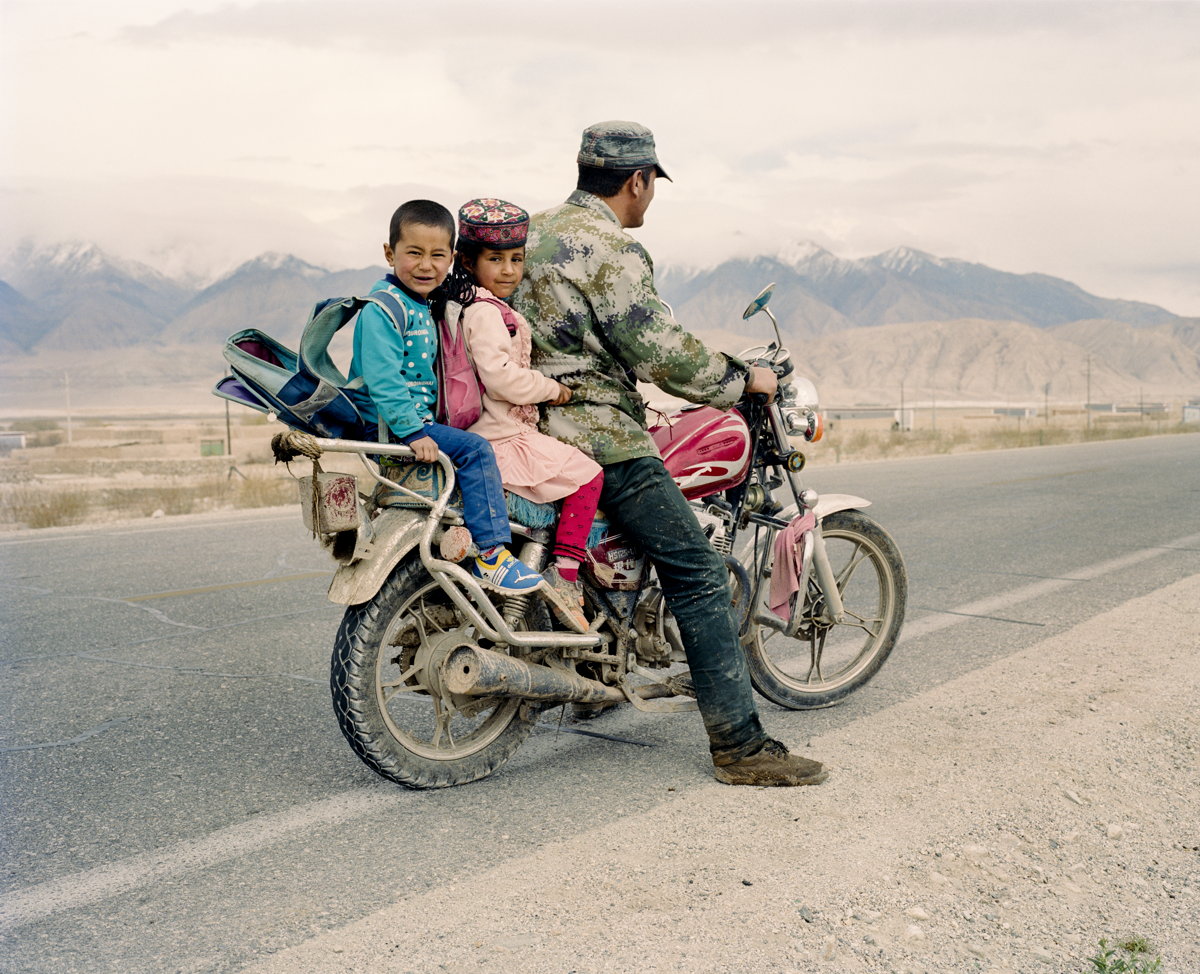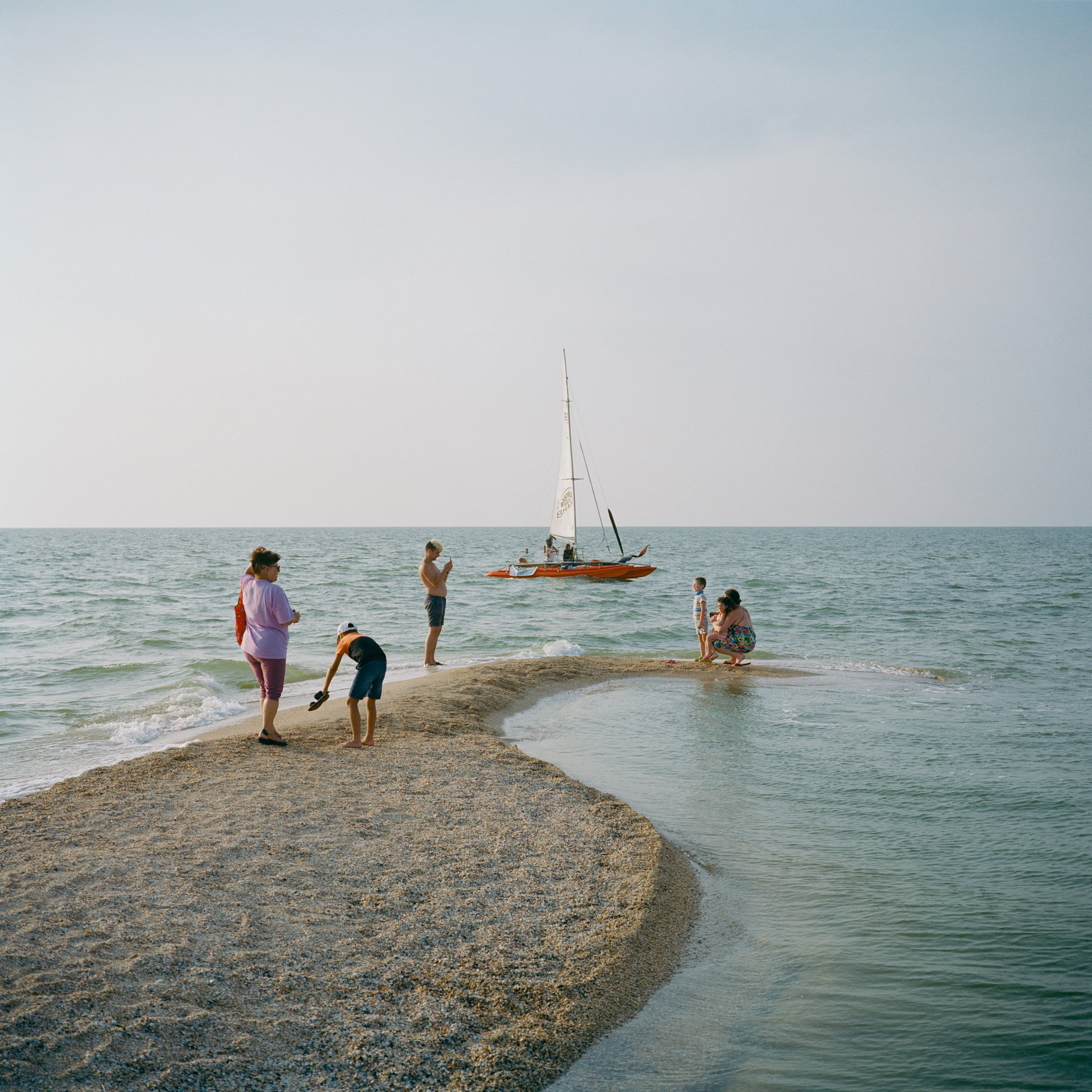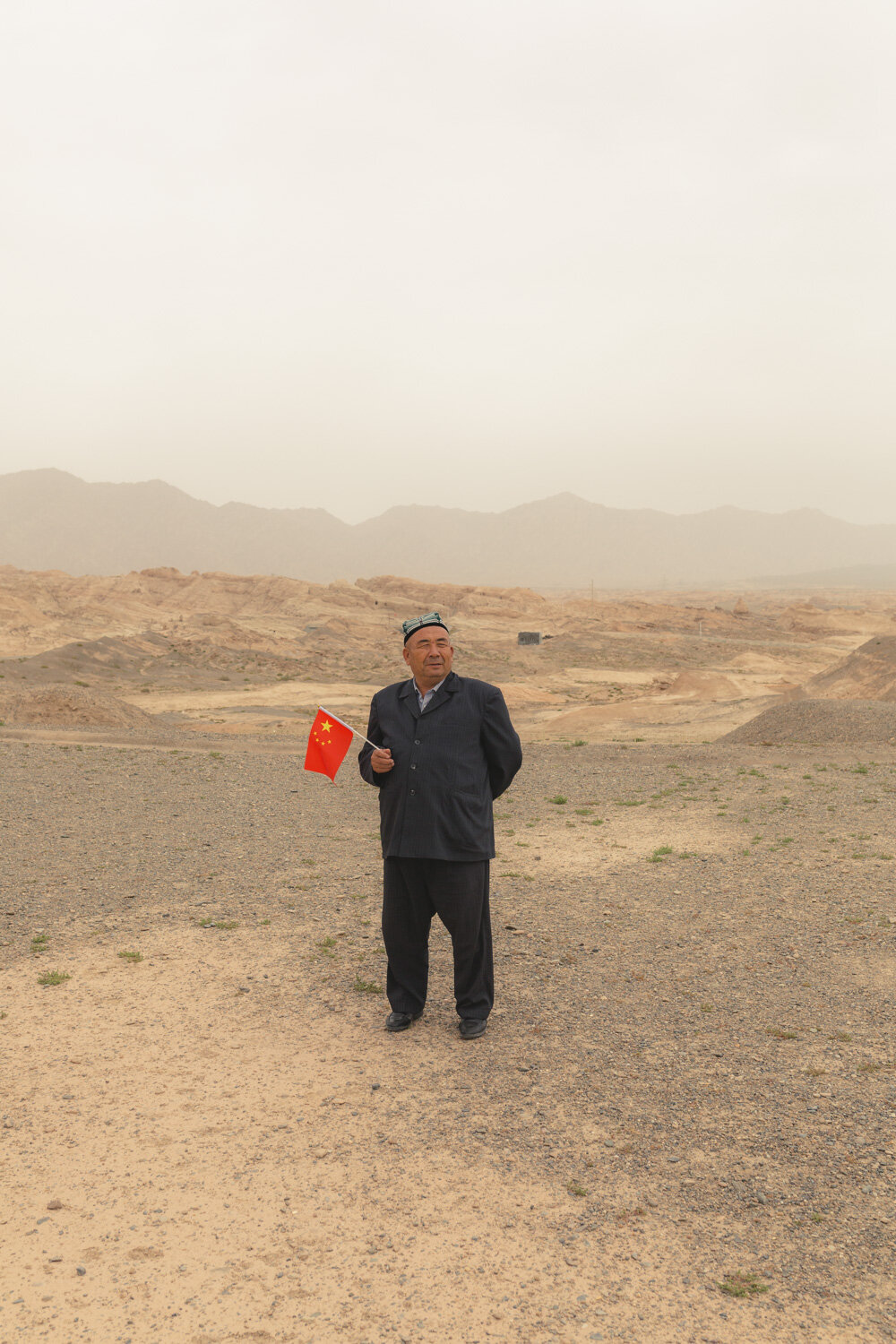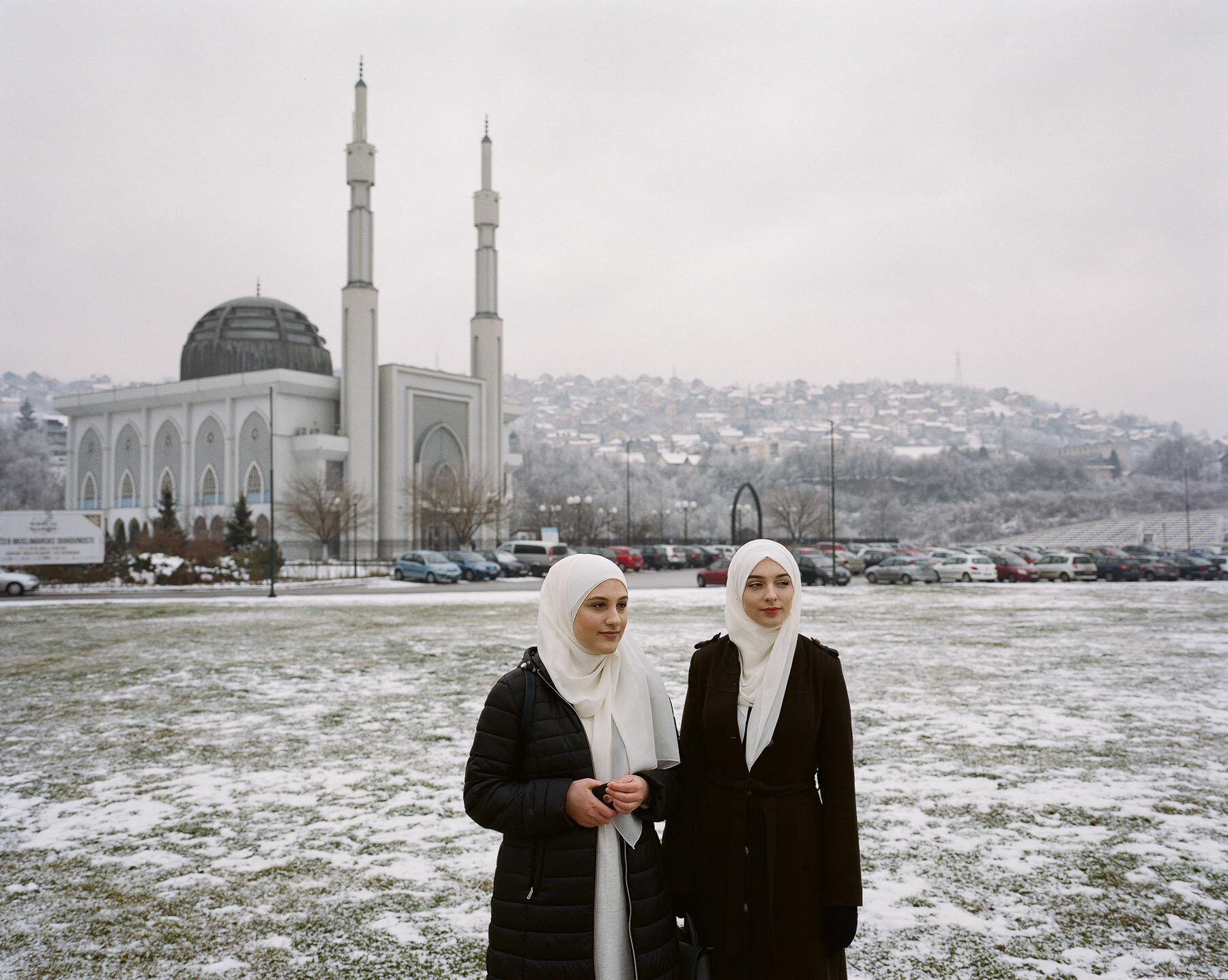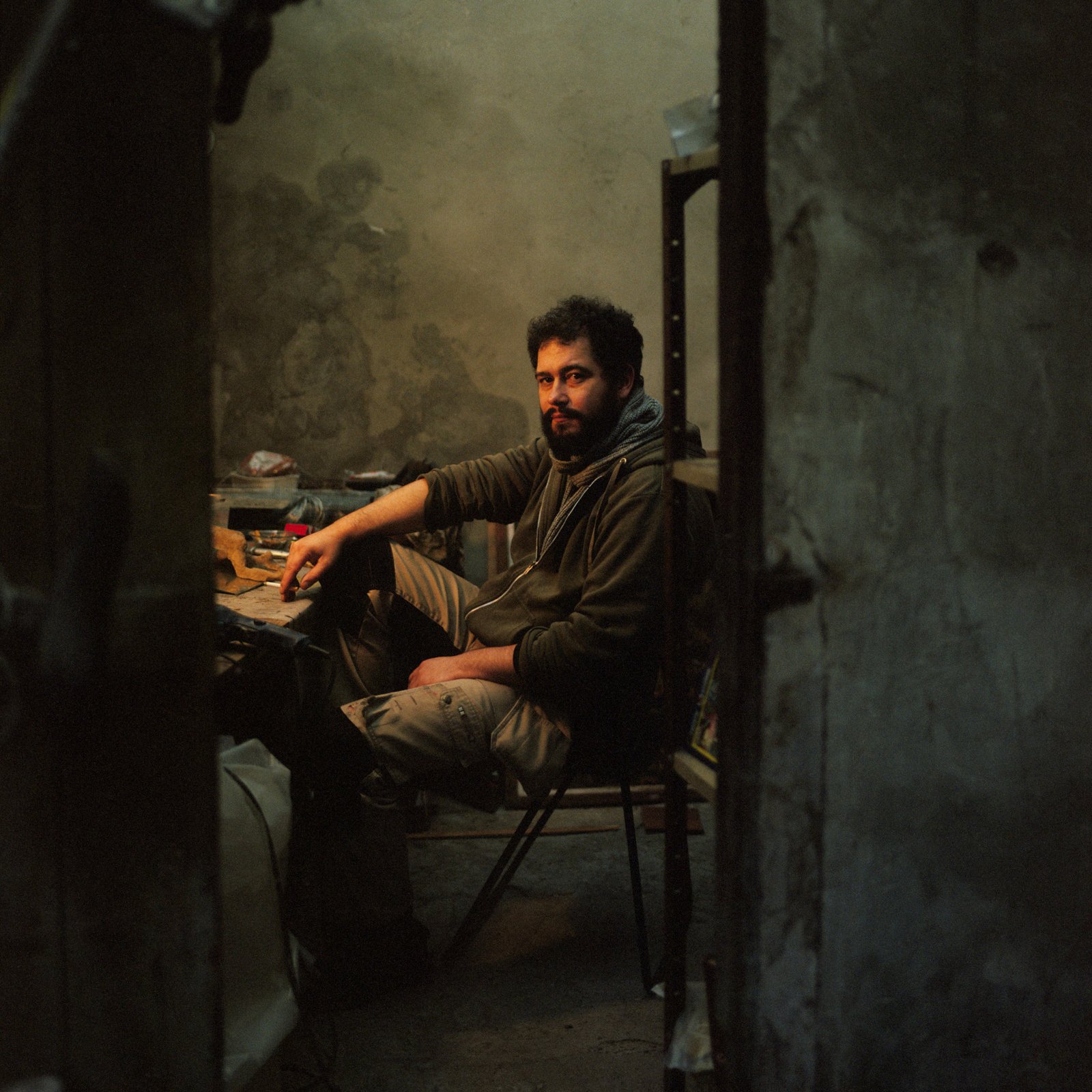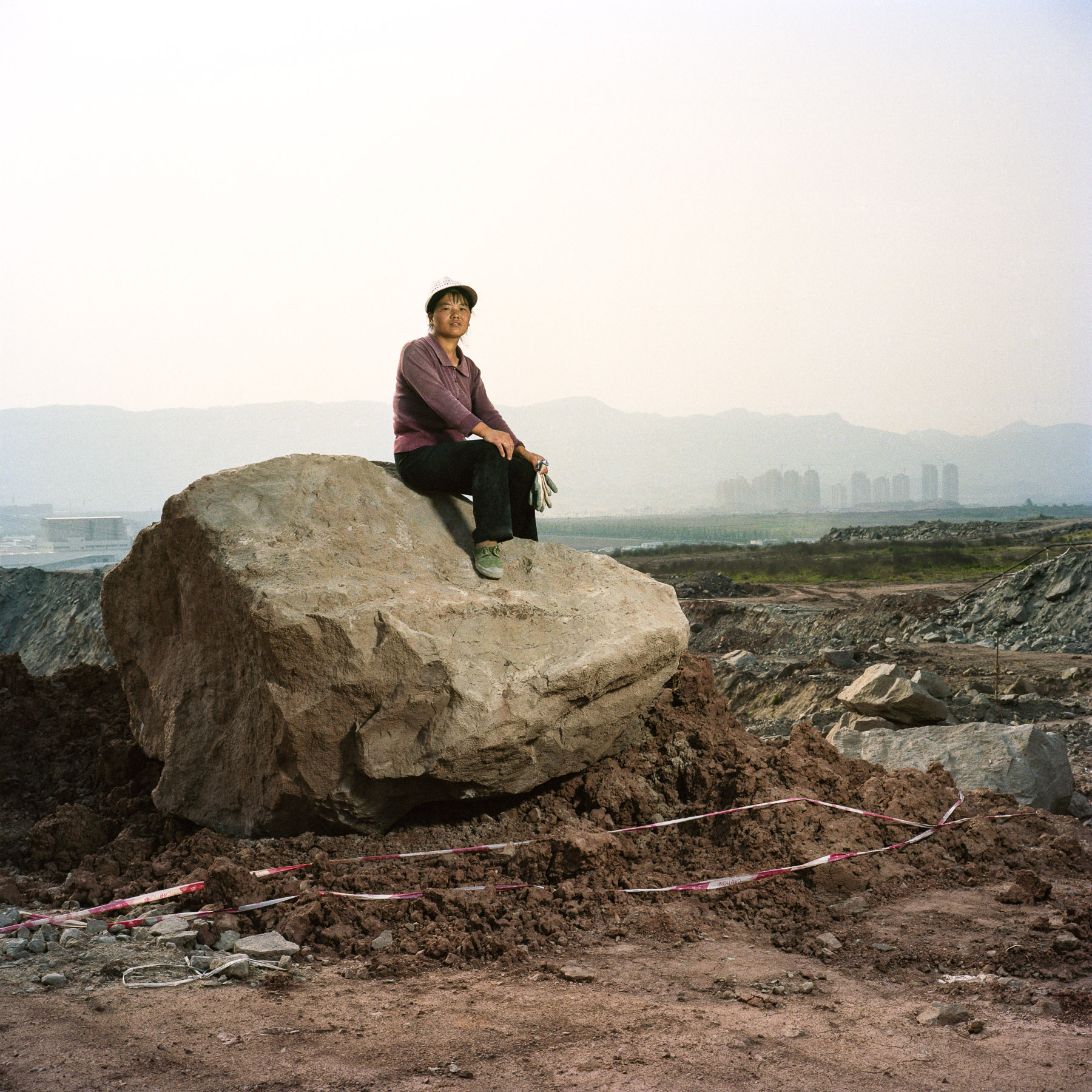
Chongqing, China. 2013. Chongqing is a major city in the Southwest of China and one of the five national central cities in the PRC. It is one of PRC's four direct-controlled municipalities and was created as such in 1997. It has a population of 28 million people althogh only seven million are considered to be urban. It is considered the capital of the belly of China and has seen very rapid growth over the past ten years.

Chongqing, China. 2013. Chongqing is a major city in the Southwest of China and one of the five national central cities in the PRC. It is one of PRC's four direct-controlled municipalities and was created as such in 1997. It has a population of 28 million people althogh only seven million are considered to be urban. It is considered the capital of the belly of China and has seen very rapid growth over the past ten years.
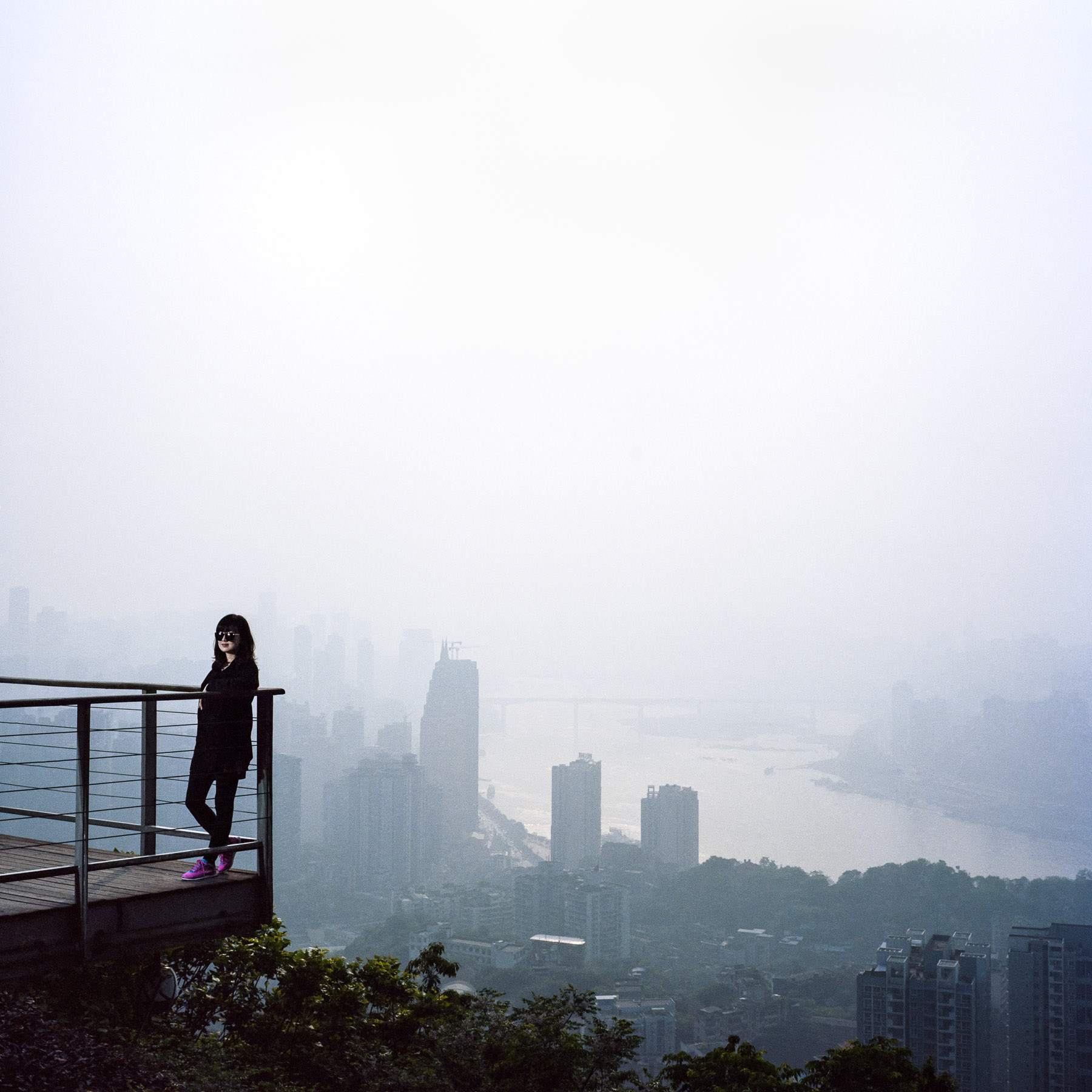
Chongqing, China. 2013. Portrait of a Chinese girl with a view of the downtown area of Chongqing's cityscape, the central Peninsula (Yu Zhong Ban Dao), over the Yangtze river from the Nanshan mountain. Chongqing is a major city in the Southwest of China and one of the five national central cities in the PRC. It is one of PRC's four direct-controlled municipalities and was created as such in 1997. It has a population of 28 million people althogh only seven million are considered to be urban. It is considered the capital of the belly of China and has seen very rapid growth over the past ten years.
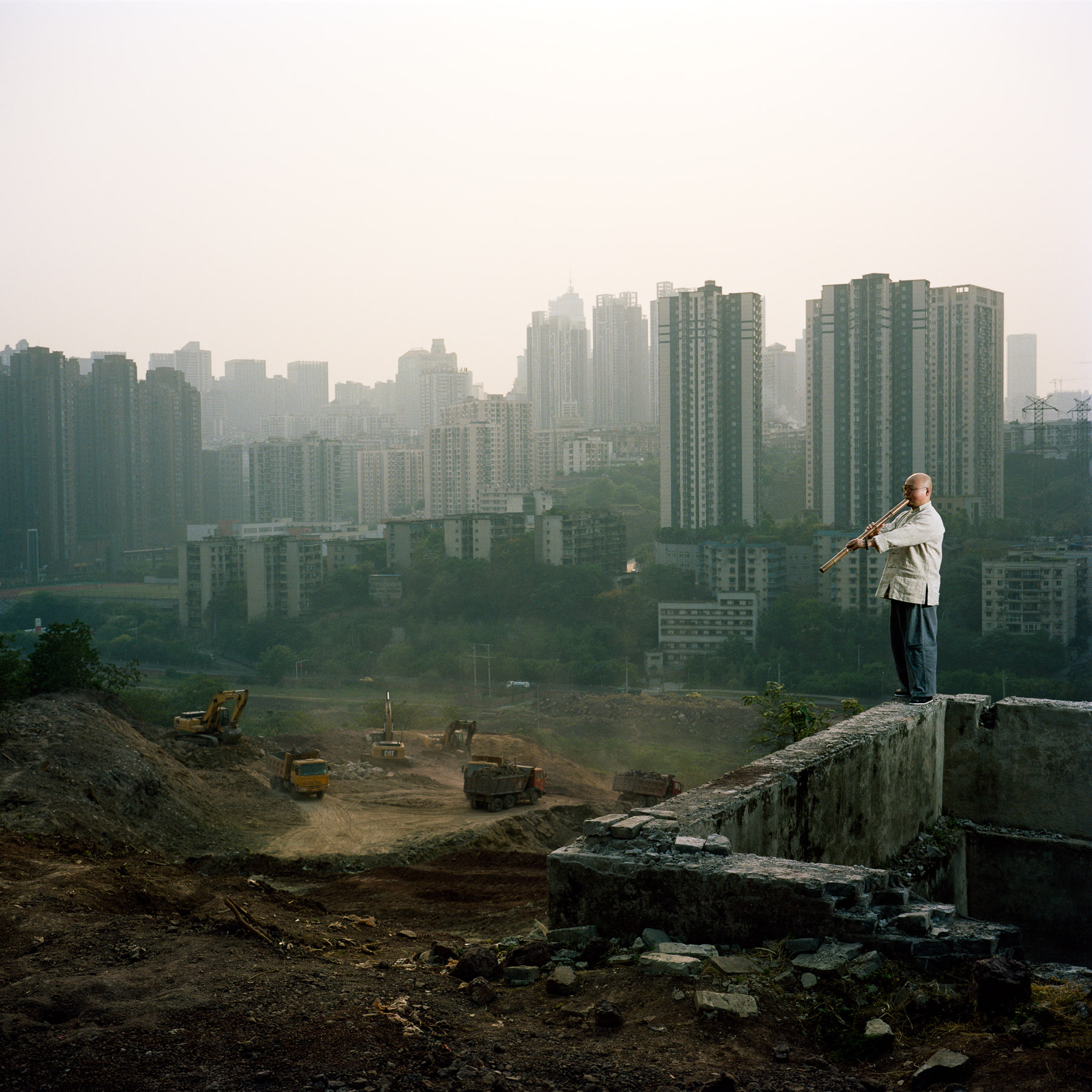
Chongqing, China. 2013. Yi Jia Lin, professional player of Shakuhachi, playing his instrument somewhere in the Nan'An district of Chongqing. Chongqing is a major city in the Southwest of China and one of the five national central cities in the PRC. It is one of PRC's four direct-controlled municipalities and was created as such in 1997. It has a population of 28 million people althogh only seven million are considered to be urban. It is considered the capital of the belly of China and has seen very rapid growth over the past ten years.
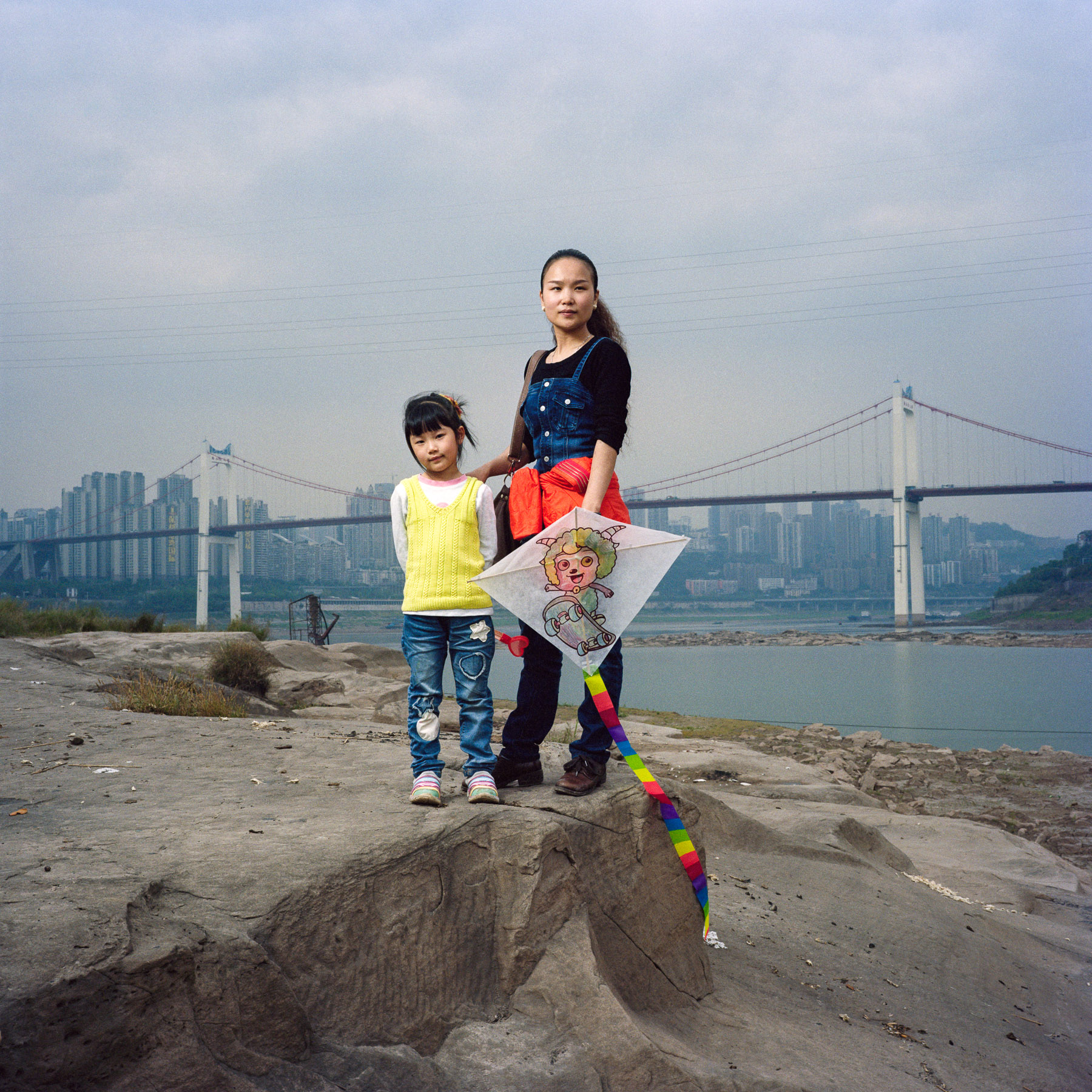
Chongqing, China. 2013. Liu Zhenghui, 33 year-old make-up artist, posing with her daughter on a small rocky island on the Yangtze. In the background the Egongyan bridge (between Nan'an District and Jiulongpo District)鹅公岩大桥 can be seen. Chongqing is a major city in the Southwest of China and one of the five national central cities in the PRC. It is one of PRC's four direct-controlled municipalities and was created as such in 1997. It has a population of 28 million people althogh only seven million are considered to be urban. It is considered the capital of the belly of China and has seen very rapid growth over the past ten years.
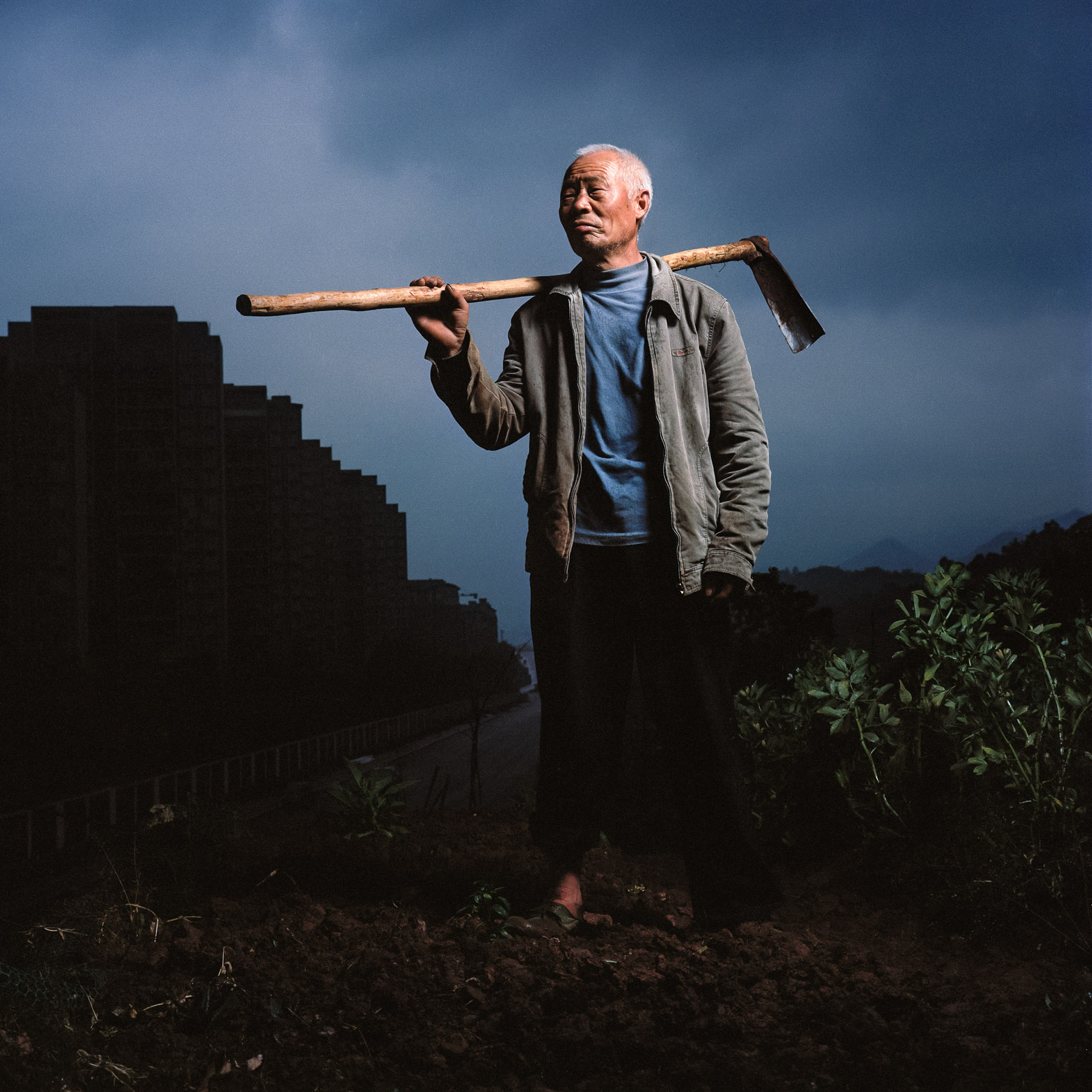
Chongqing, China. 2013. Chongqing is a major city in the Southwest of China and one of the five national central cities in the PRC. It is one of PRC's four direct-controlled municipalities and was created as such in 1997. It has a population of 28 million people althogh only seven million are considered to be urban. It is considered the capital of the belly of China and has seen very rapid growth over the past ten years.
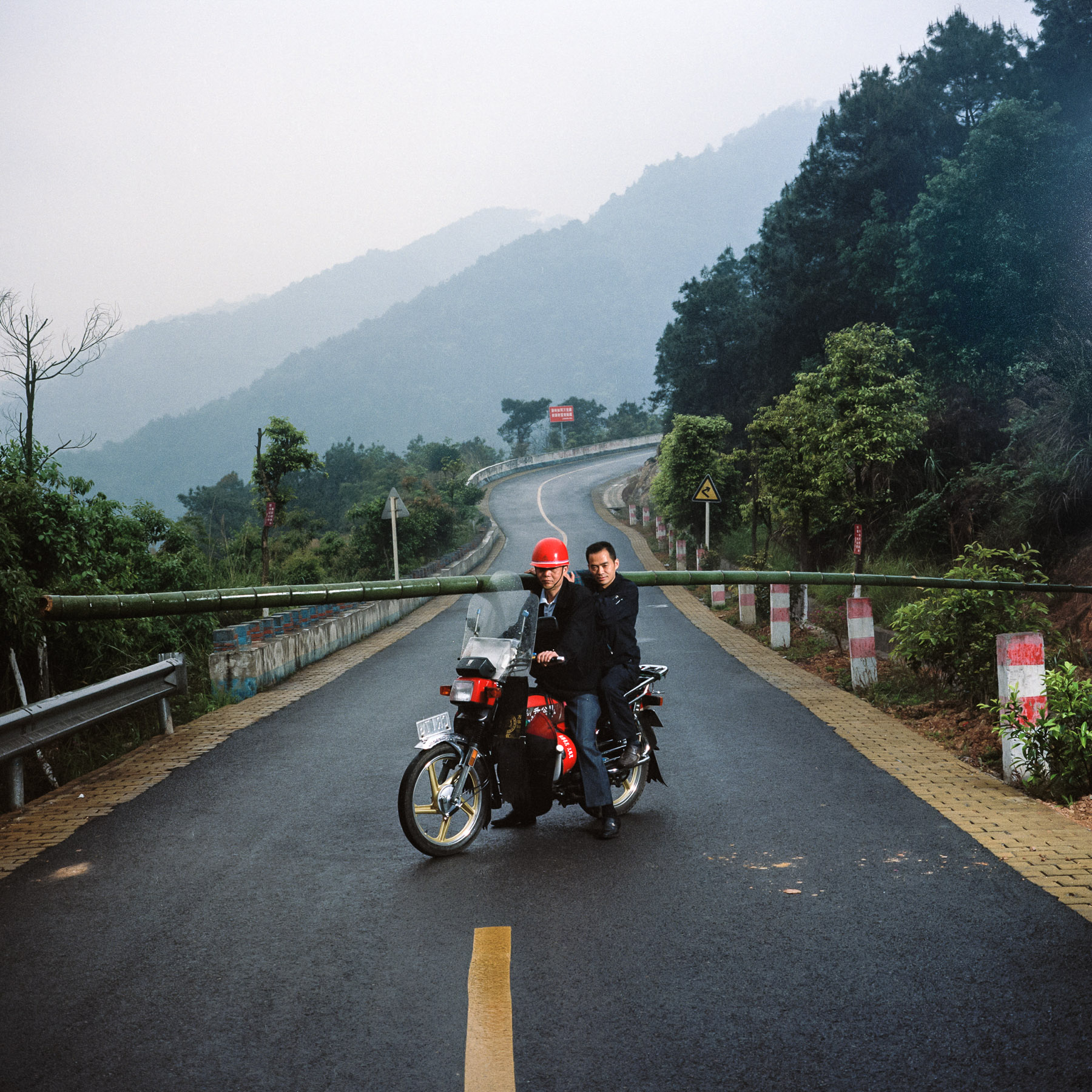
Chongqing, China. 2013. Chongqing is a major city in the Southwest of China and one of the five national central cities in the PRC. It is one of PRC's four direct-controlled municipalities and was created as such in 1997. It has a population of 28 million people althogh only seven million are considered to be urban. It is considered the capital of the belly of China and has seen very rapid growth over the past ten years.
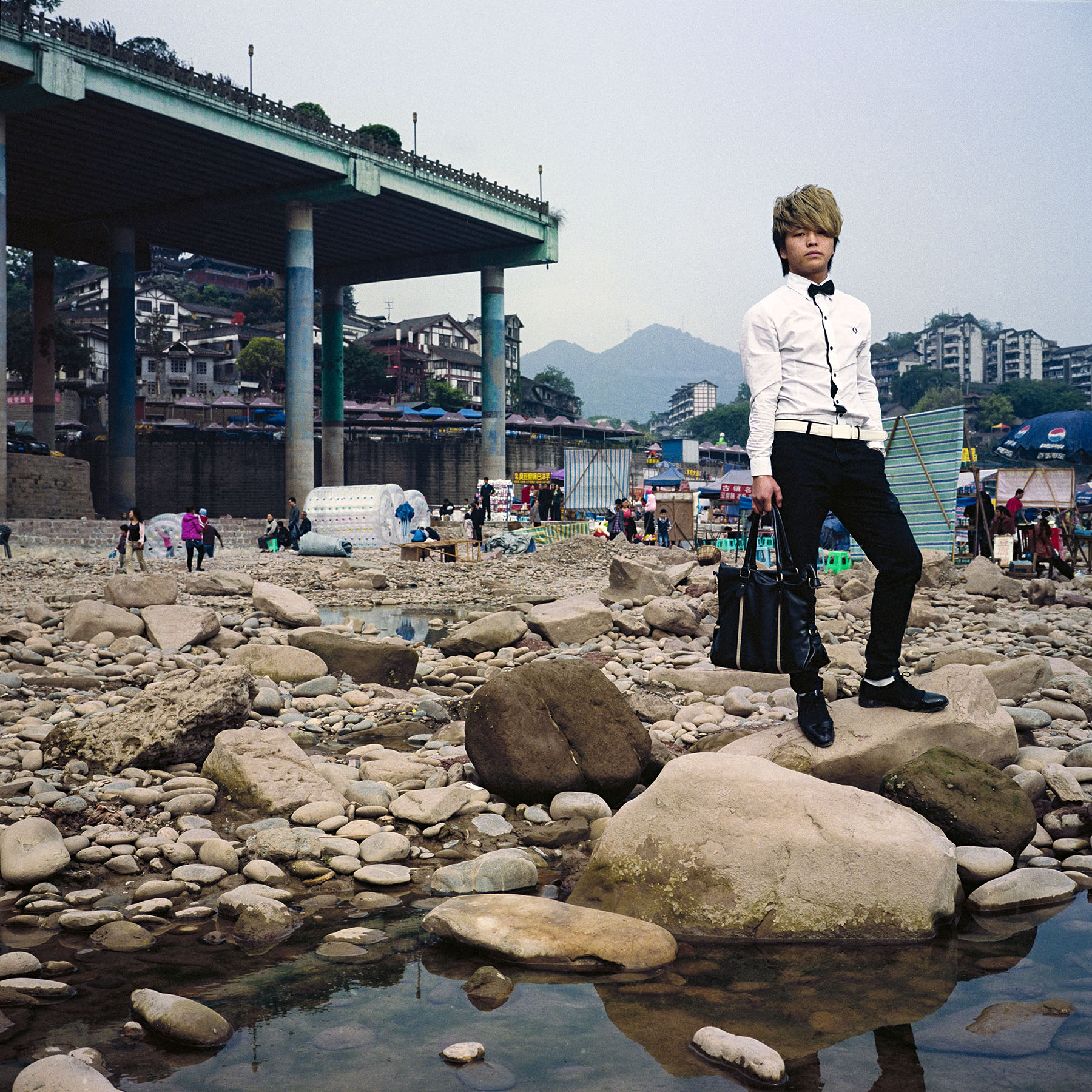
Chongqing, China. 2013. Chongqing is a major city in the Southwest of China and one of the five national central cities in the PRC. It is one of PRC's four direct-controlled municipalities and was created as such in 1997. It has a population of 28 million people althogh only seven million are considered to be urban. It is considered the capital of the belly of China and has seen very rapid growth over the past ten years.
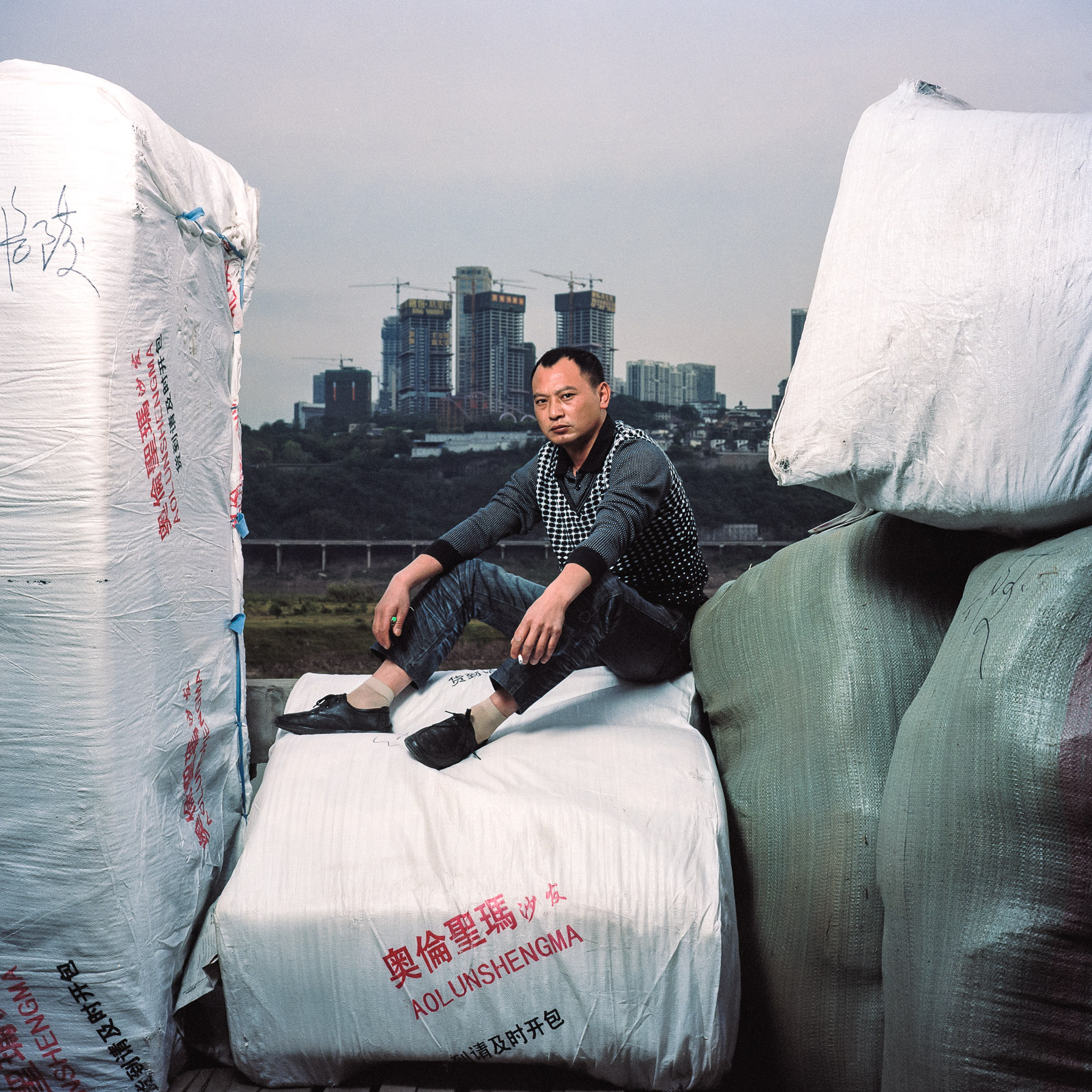
Chongqing, China. 2013. Chongqing is a major city in the Southwest of China and one of the five national central cities in the PRC. It is one of PRC's four direct-controlled municipalities and was created as such in 1997. It has a population of 28 million people althogh only seven million are considered to be urban. It is considered the capital of the belly of China and has seen very rapid growth over the past ten years.
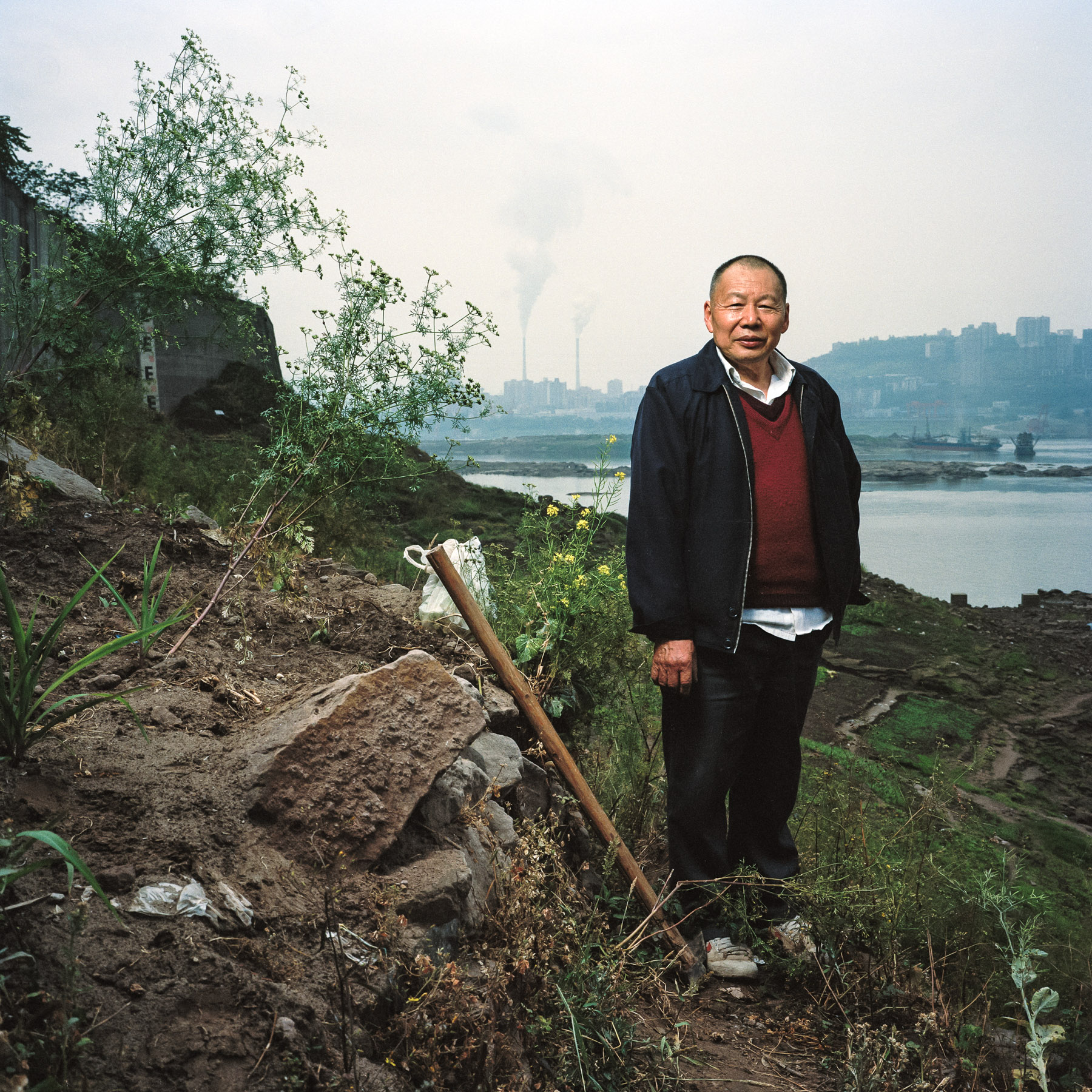
Chongqing, China. 2013. Retired chinese man posing on his small piece of cultivated land under a bridge near the Jialing river in downtown Chongqing. Chongqing is a major city in the Southwest of China and one of the five national central cities in the PRC. It is one of PRC's four direct-controlled municipalities and was created as such in 1997. It has a population of 28 million people althogh only seven million are considered to be urban. It is considered the capital of the belly of China and has seen very rapid growth over the past ten years.

Chongqing, China. 2013. Child with a cardboard bag over his head on the banks of the Yangtze river in downtown Chongqing. Chongqing is a major city in the Southwest of China and one of the five national central cities in the PRC. It is one of PRC's four direct-controlled municipalities and was created as such in 1997. It has a population of 28 million people althogh only seven million are considered to be urban. It is considered the capital of the belly of China and has seen very rapid growth over the past ten years.
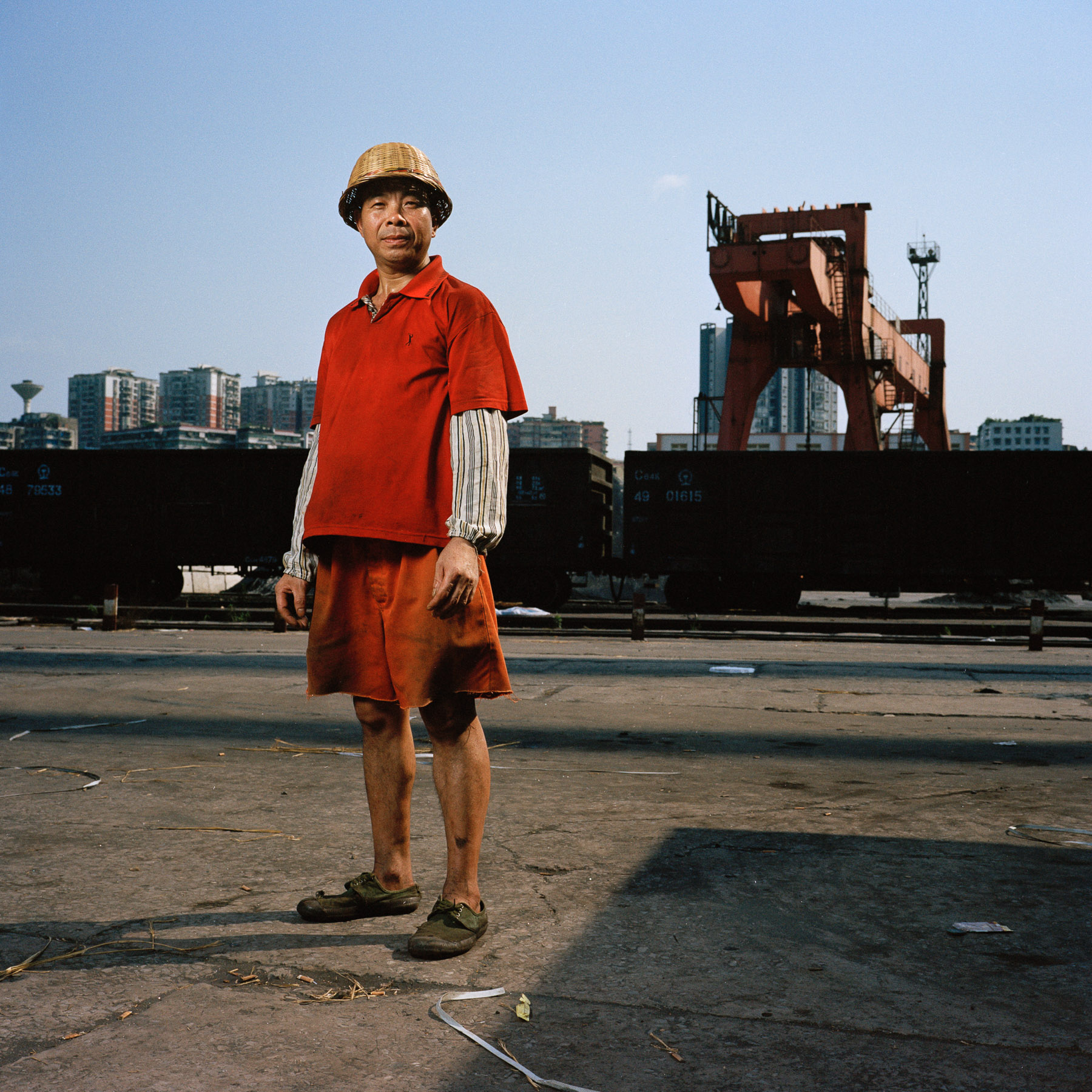
Chongqing, China. 2013. Docker Tian Yi Jun is posing for a portrait during his work shift at the Jiulongpo Port in Chongqing. Chongqing is a major city in the Southwest of China and one of the five national central cities in the PRC. It is one of PRC's four direct-controlled municipalities and was created as such in 1997. It has a population of 28 million people althogh only seven million are considered to be urban. It is considered the capital of the belly of China and has seen very rapid growth over the past ten years.
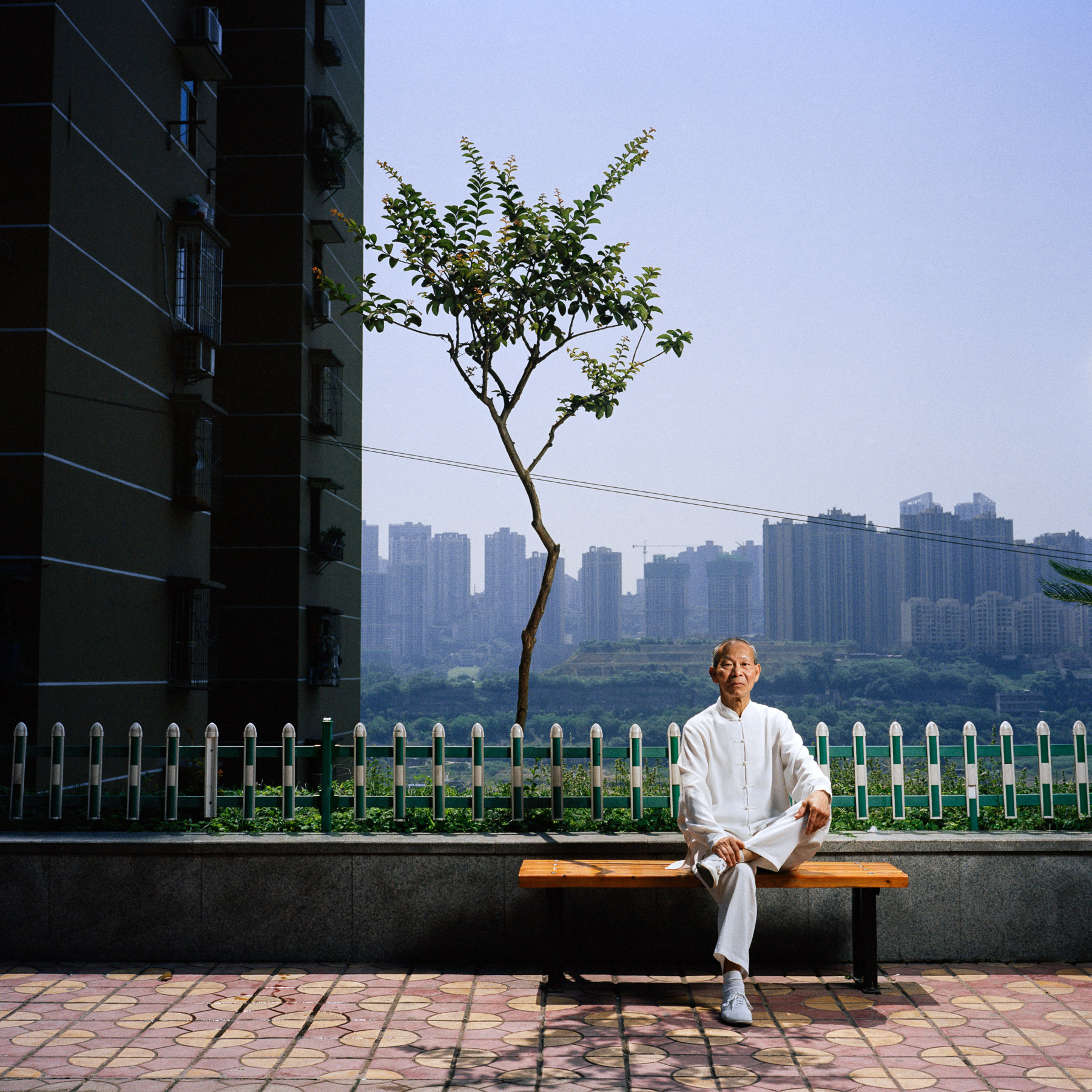
Chongqing, China. 2013. Old Chinese man Wang Wei posing in his traditional taichichuan outfit after his taichichuan session. Chongqing is a major city in the Southwest of China and one of the five national central cities in the PRC. It is one of PRC's four direct-controlled municipalities and was created as such in 1997. It has a population of 28 million people althogh only seven million are considered to be urban. It is considered the capital of the belly of China and has seen very rapid growth over the past ten years.
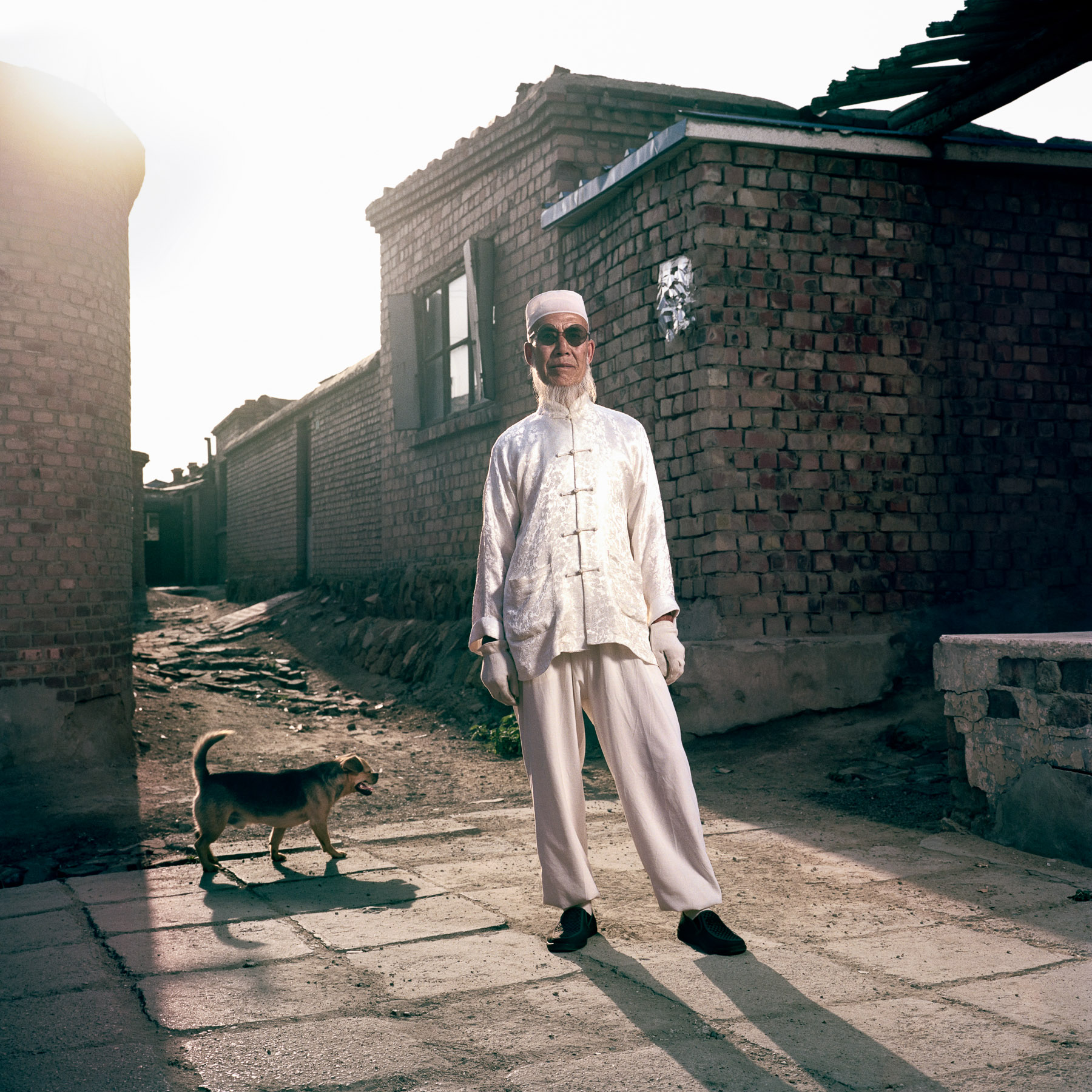
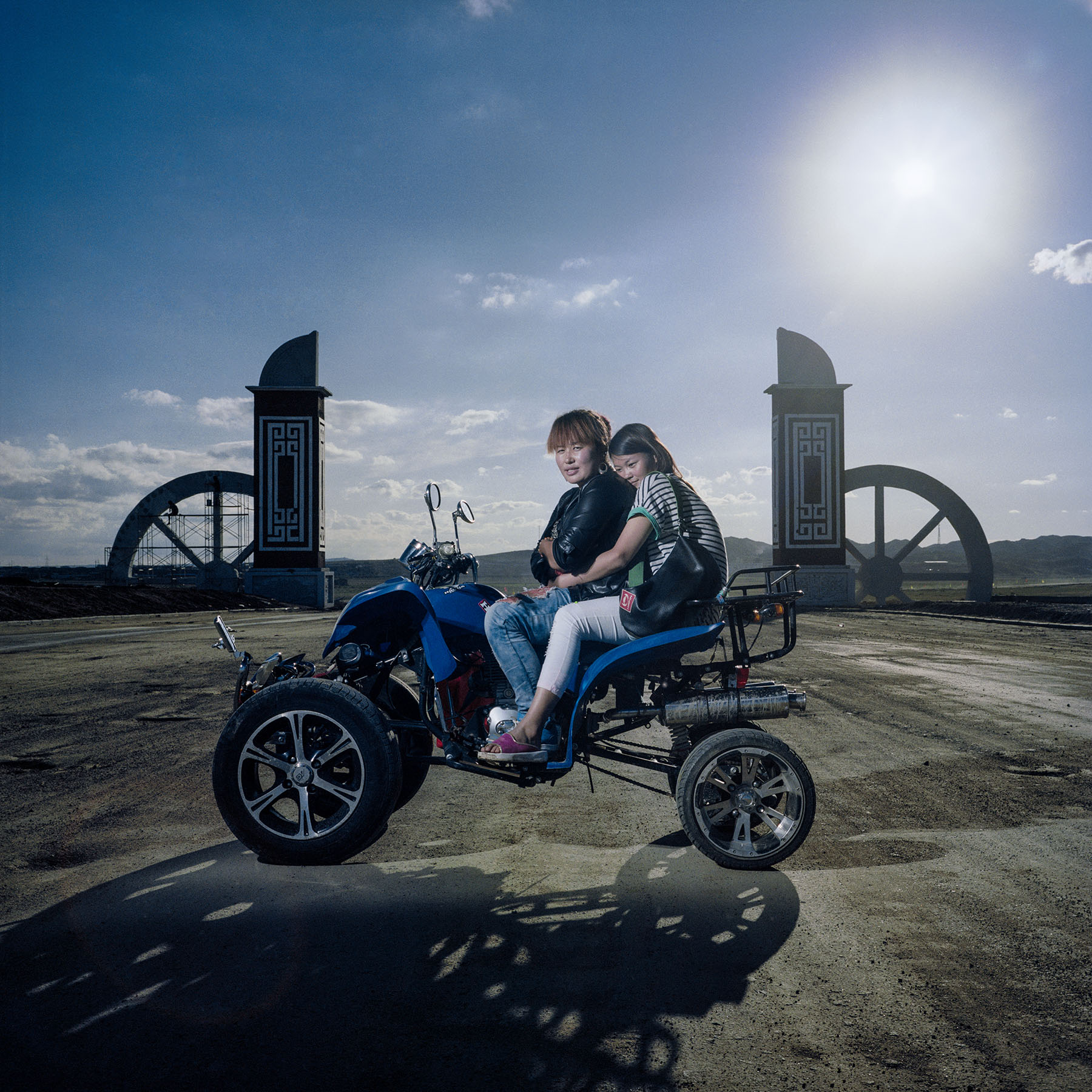
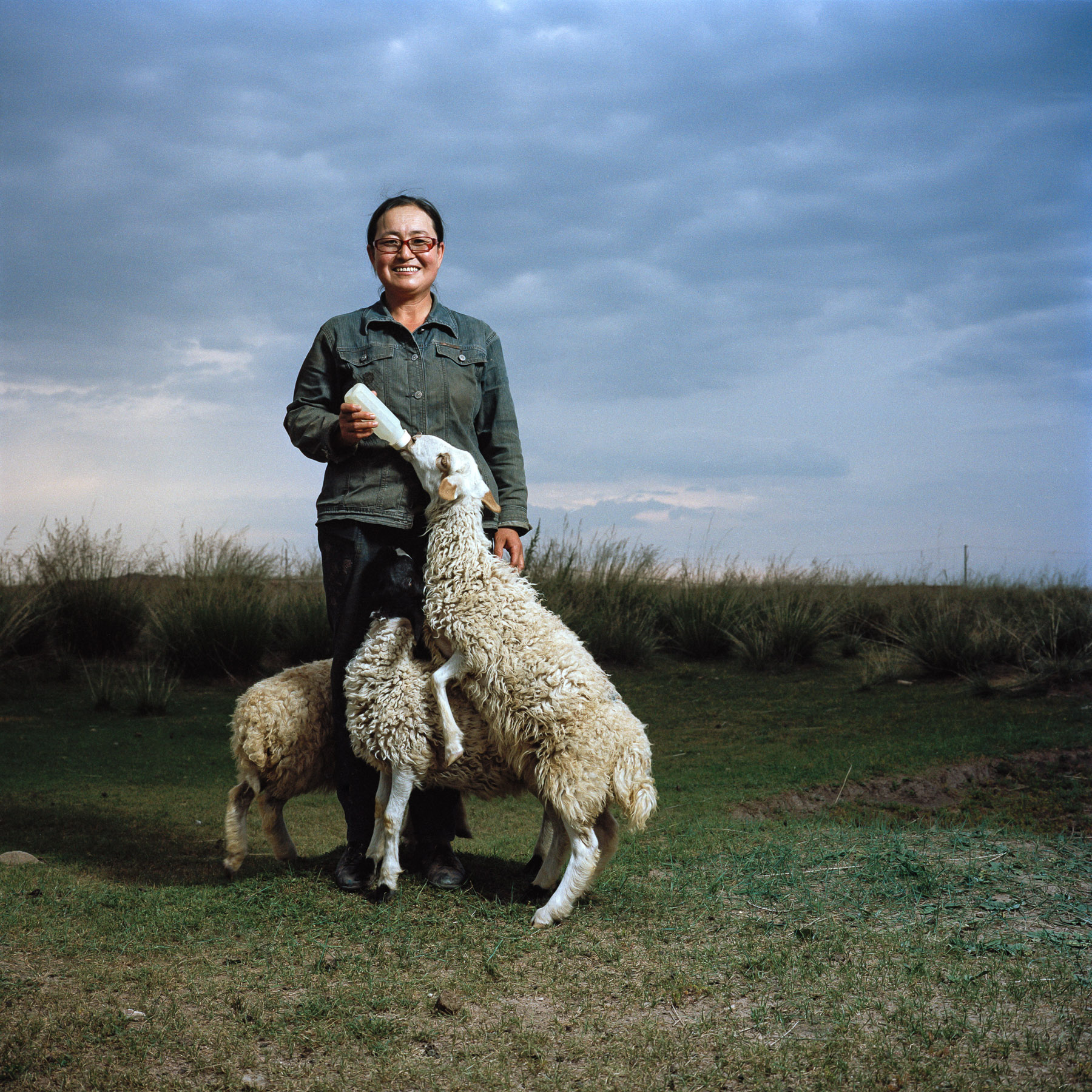

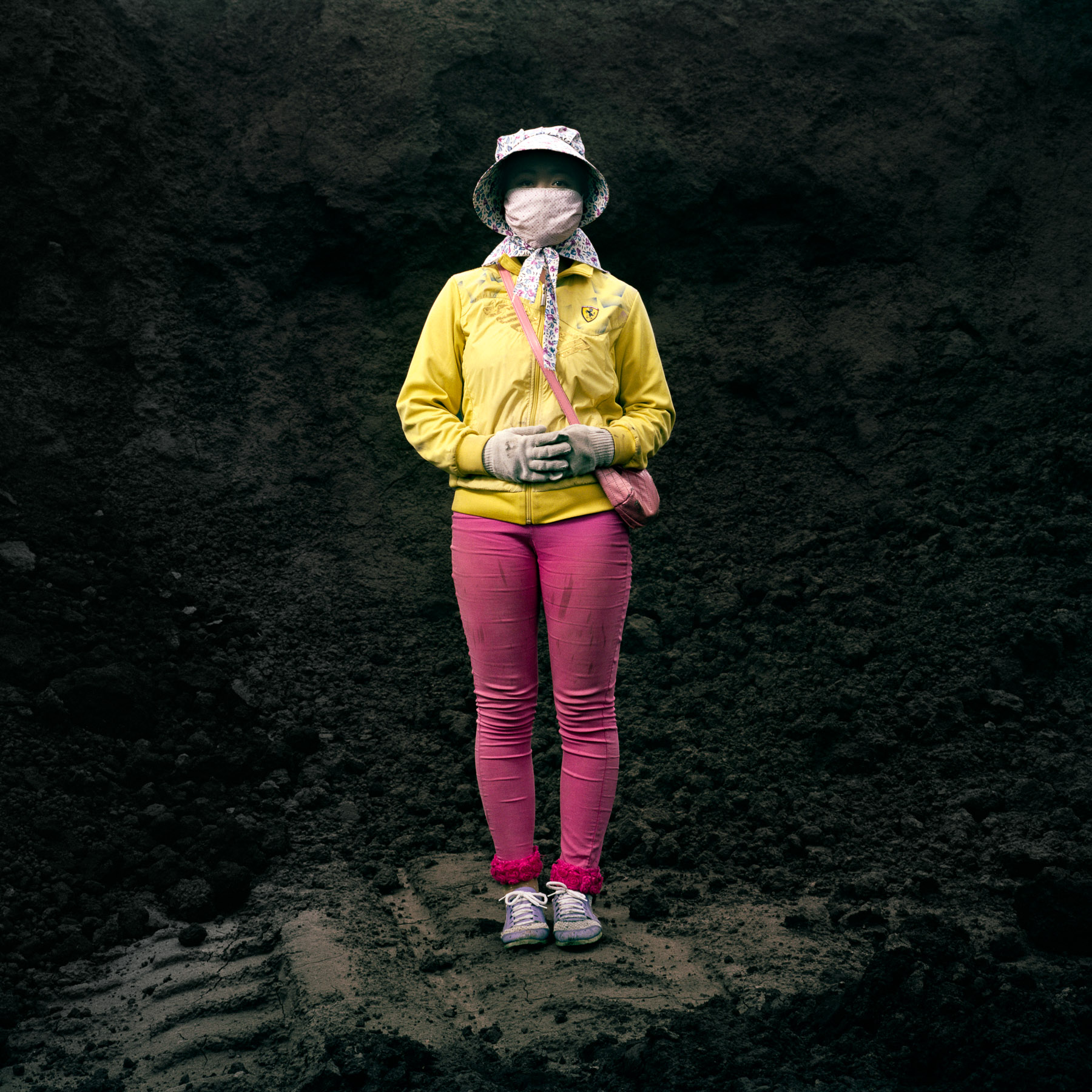
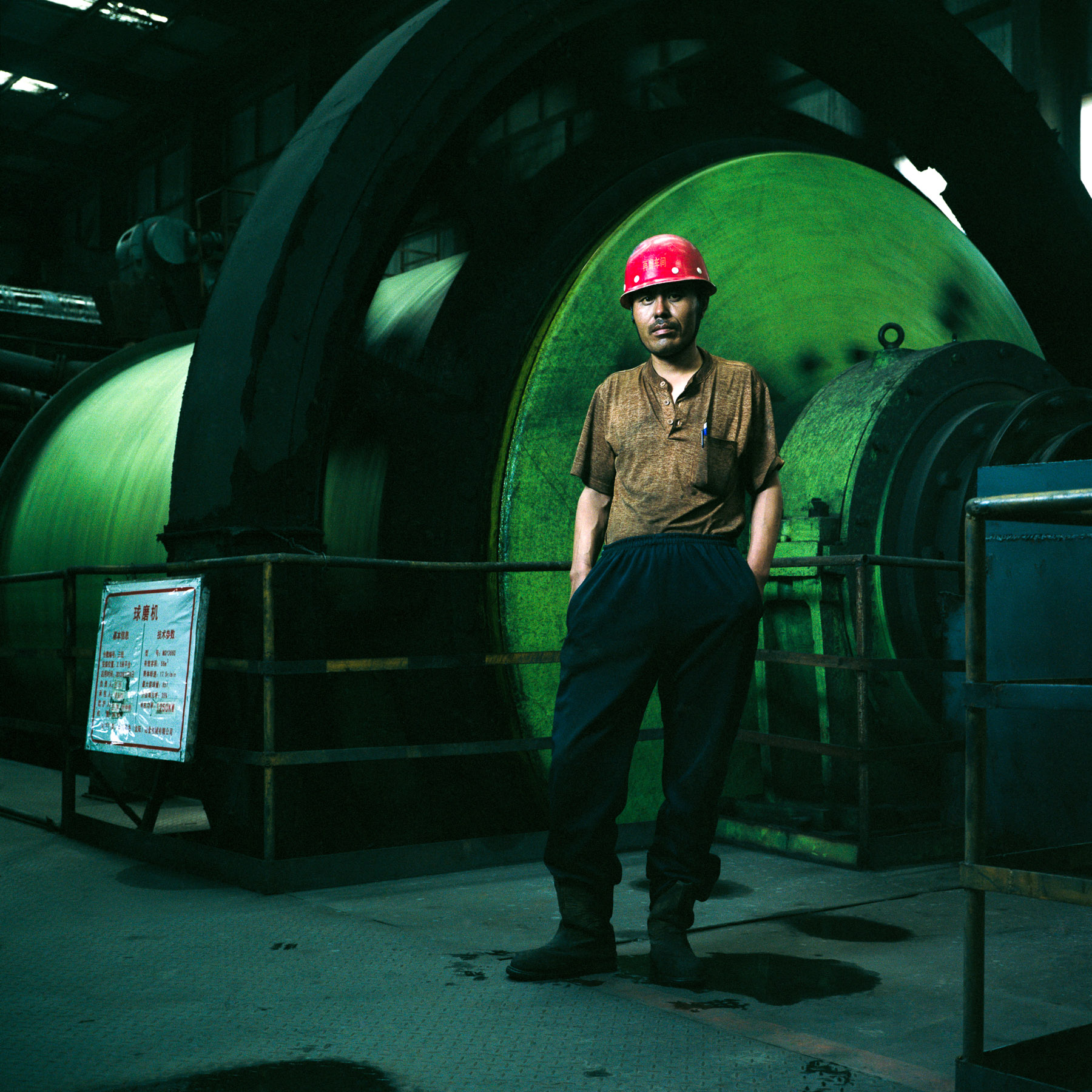
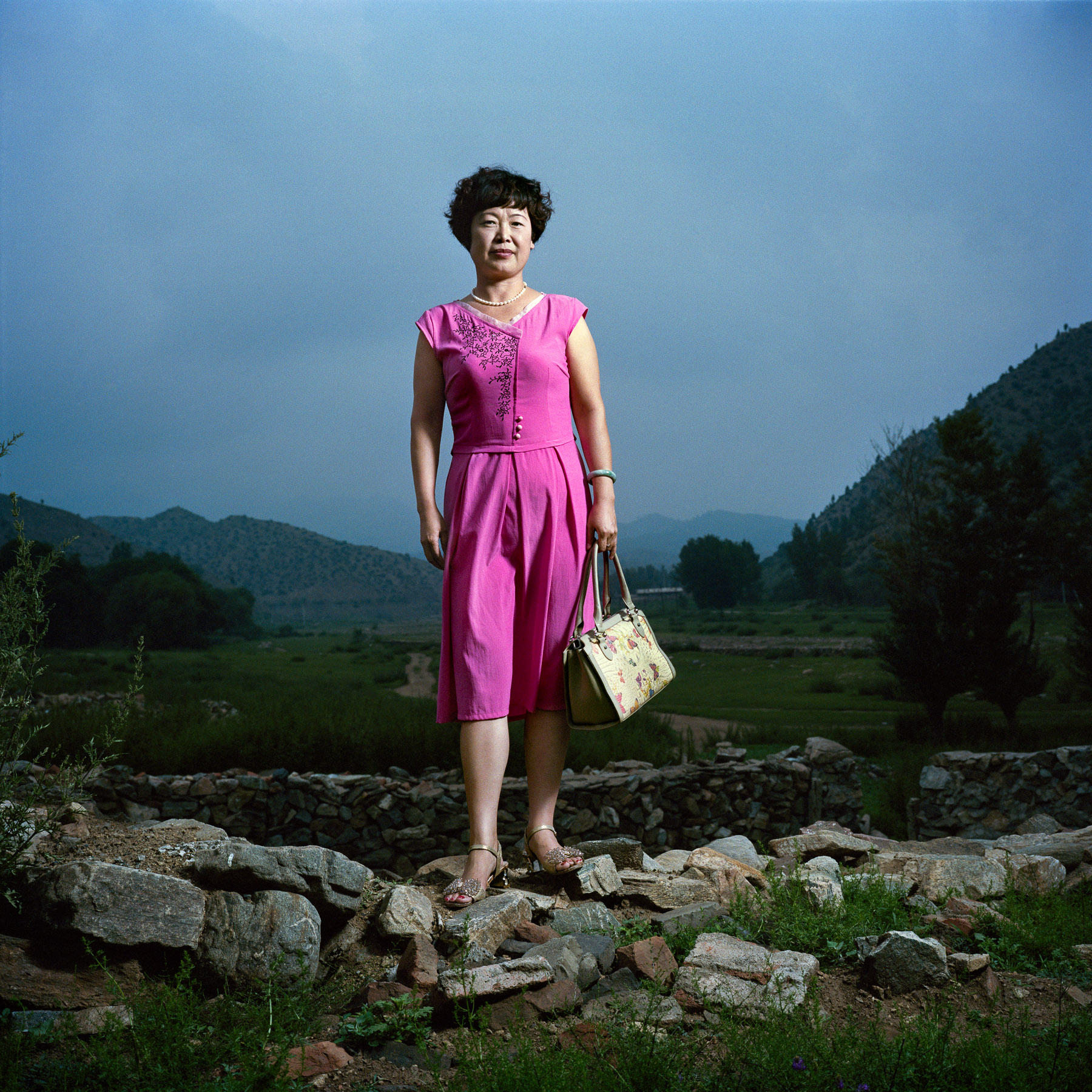
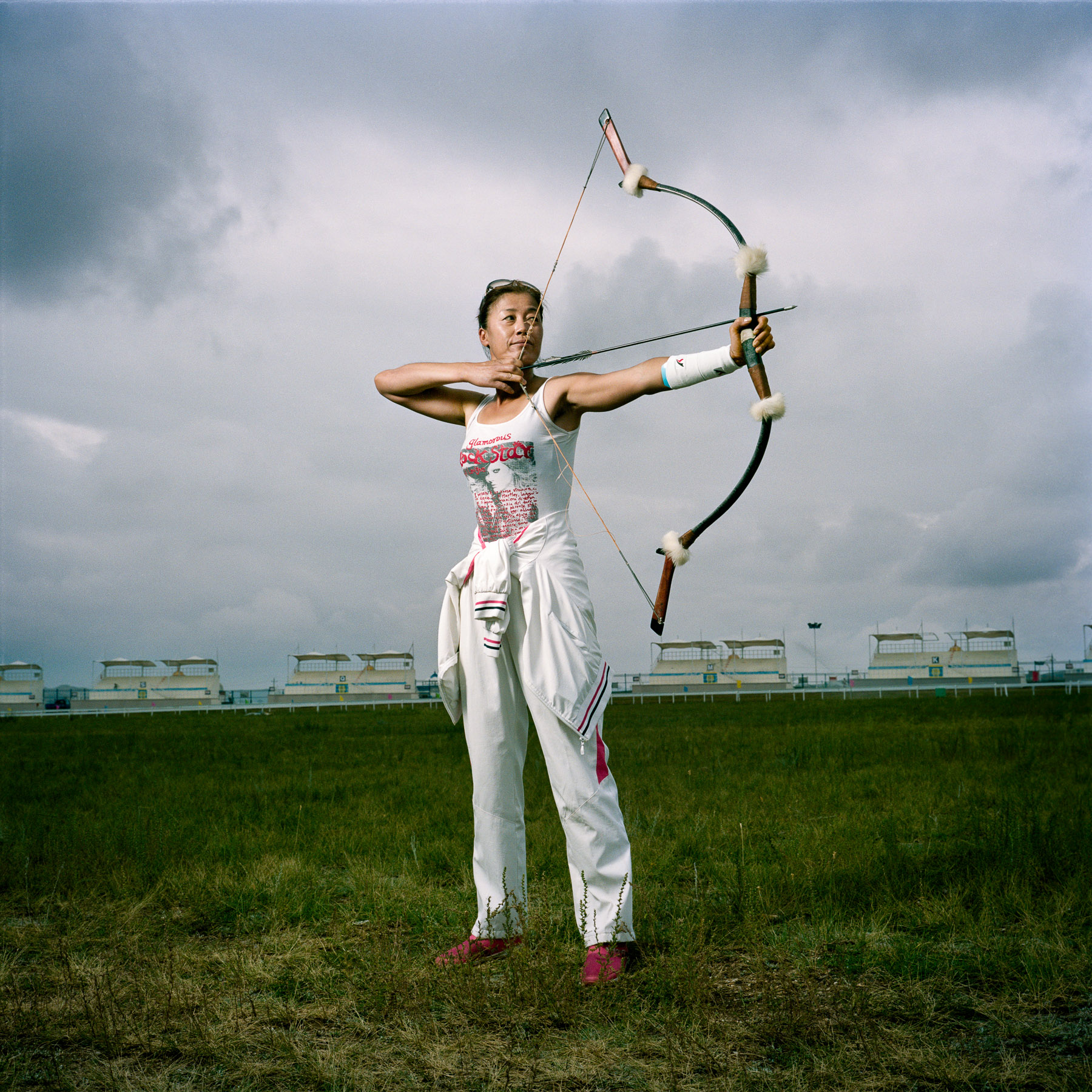
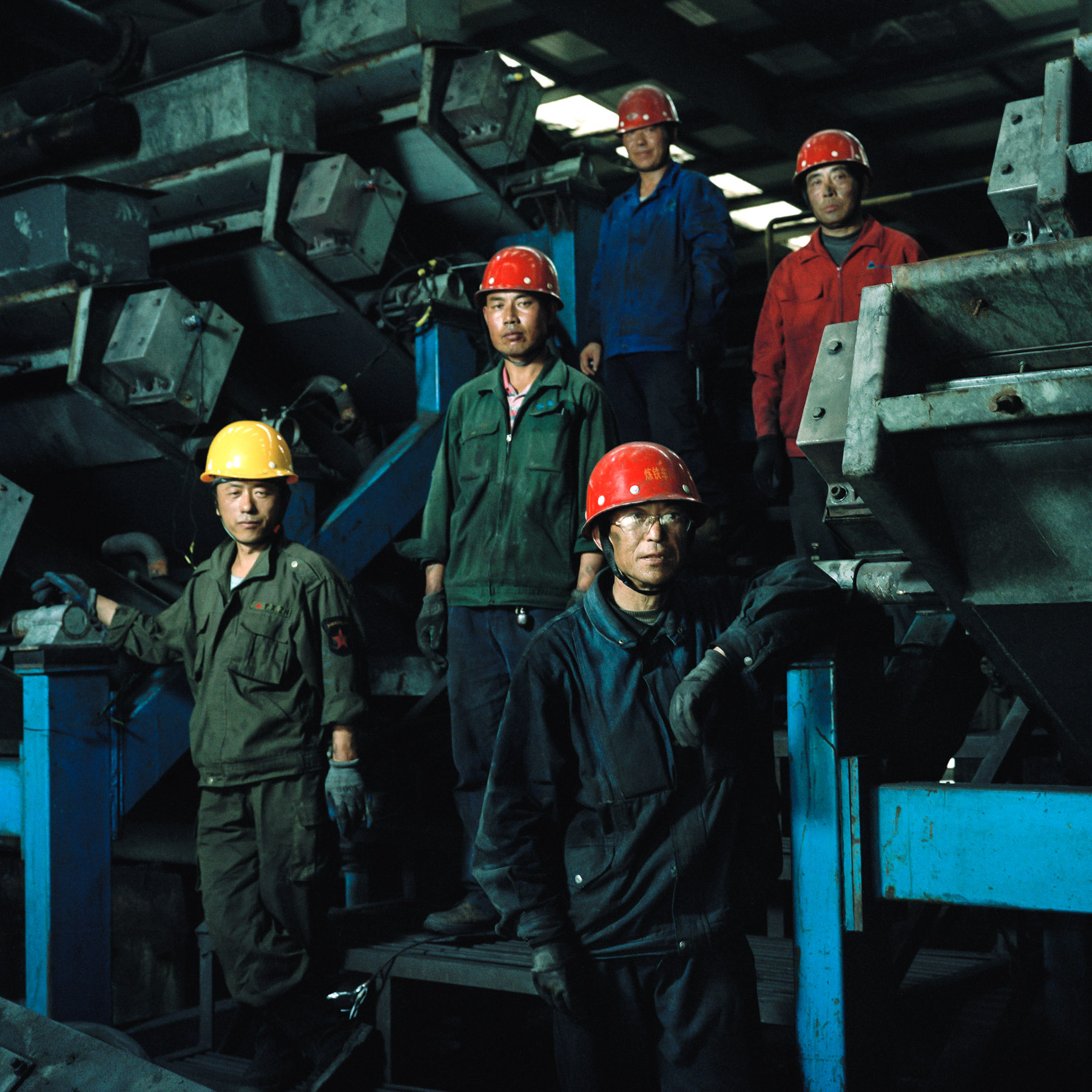
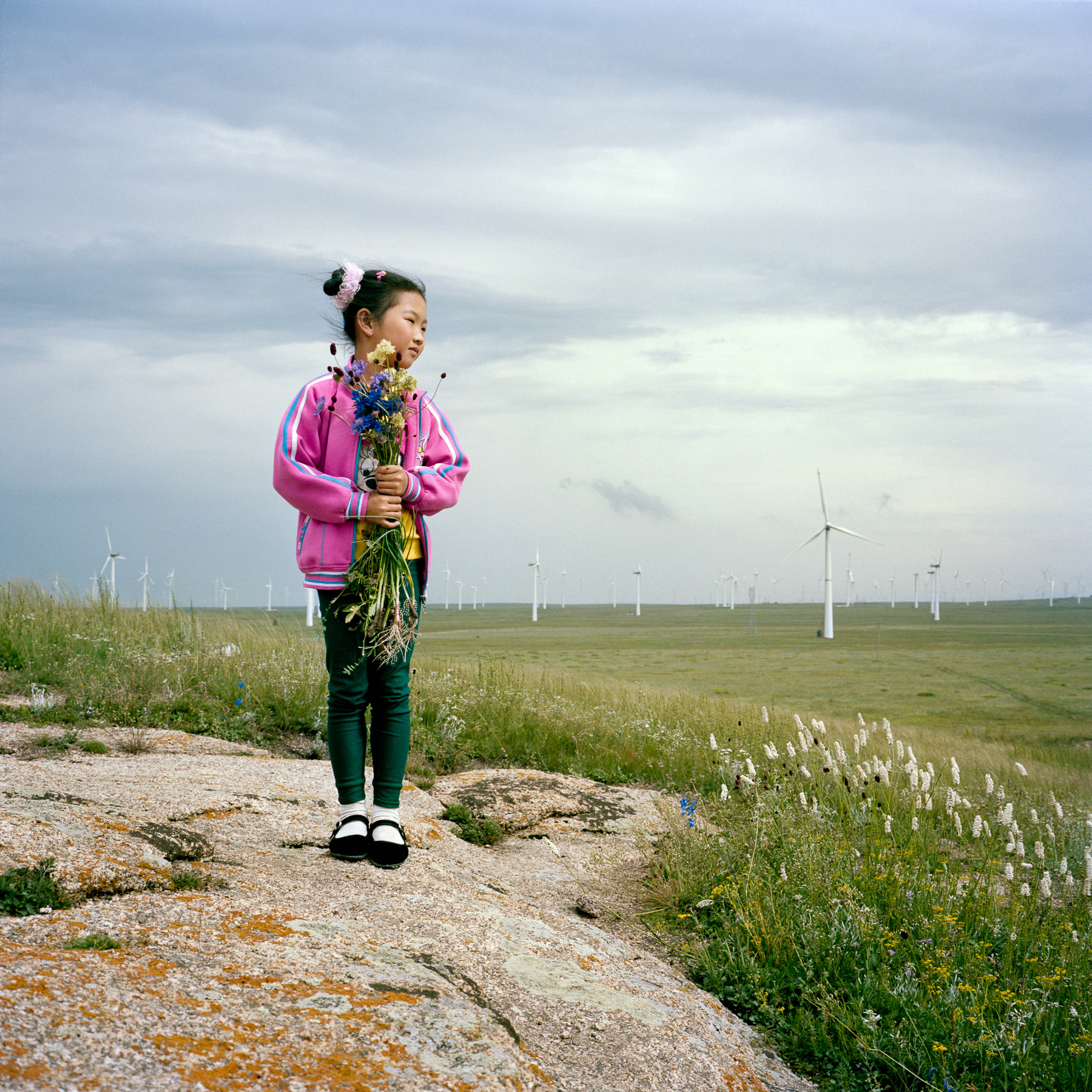
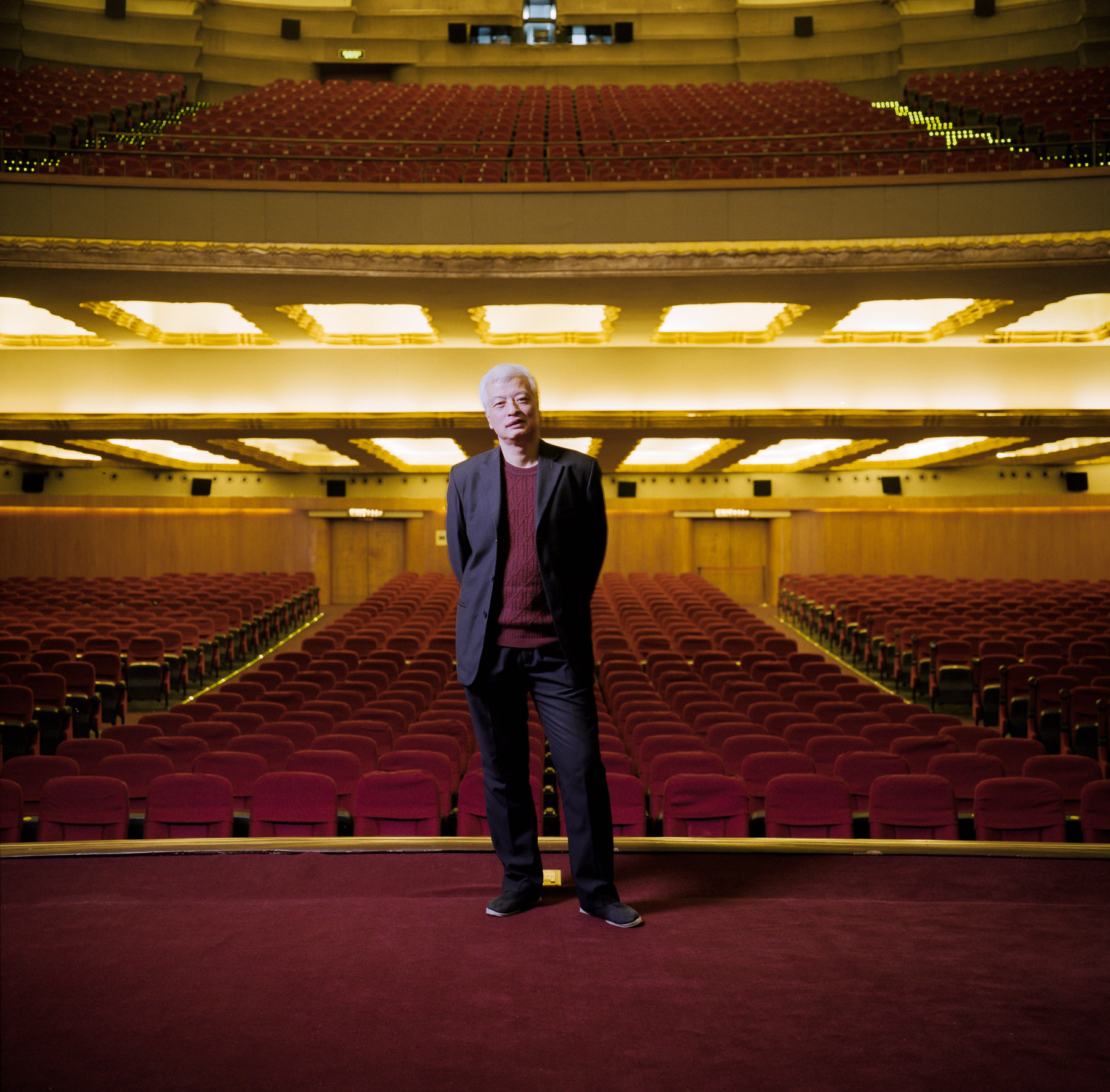
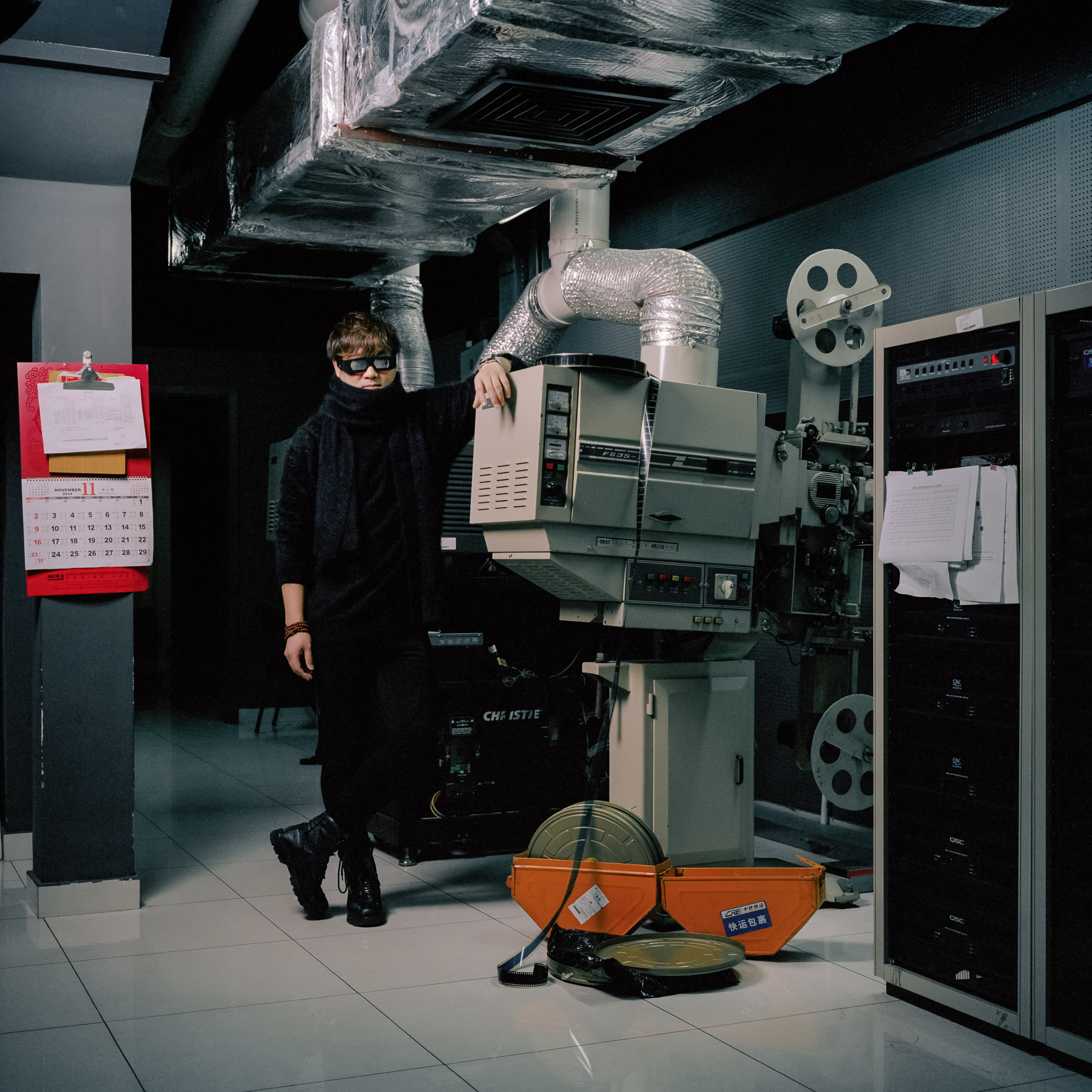
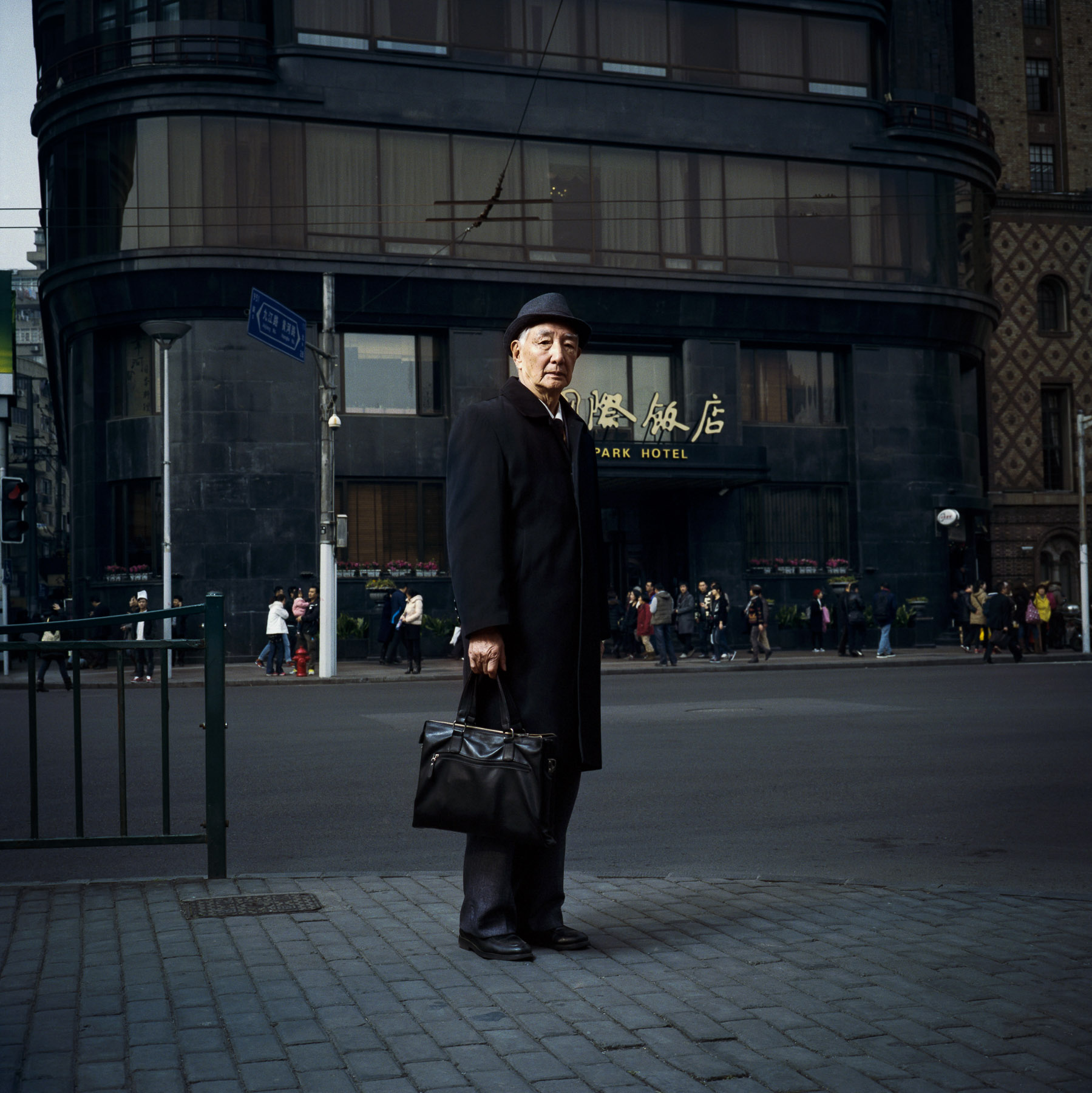

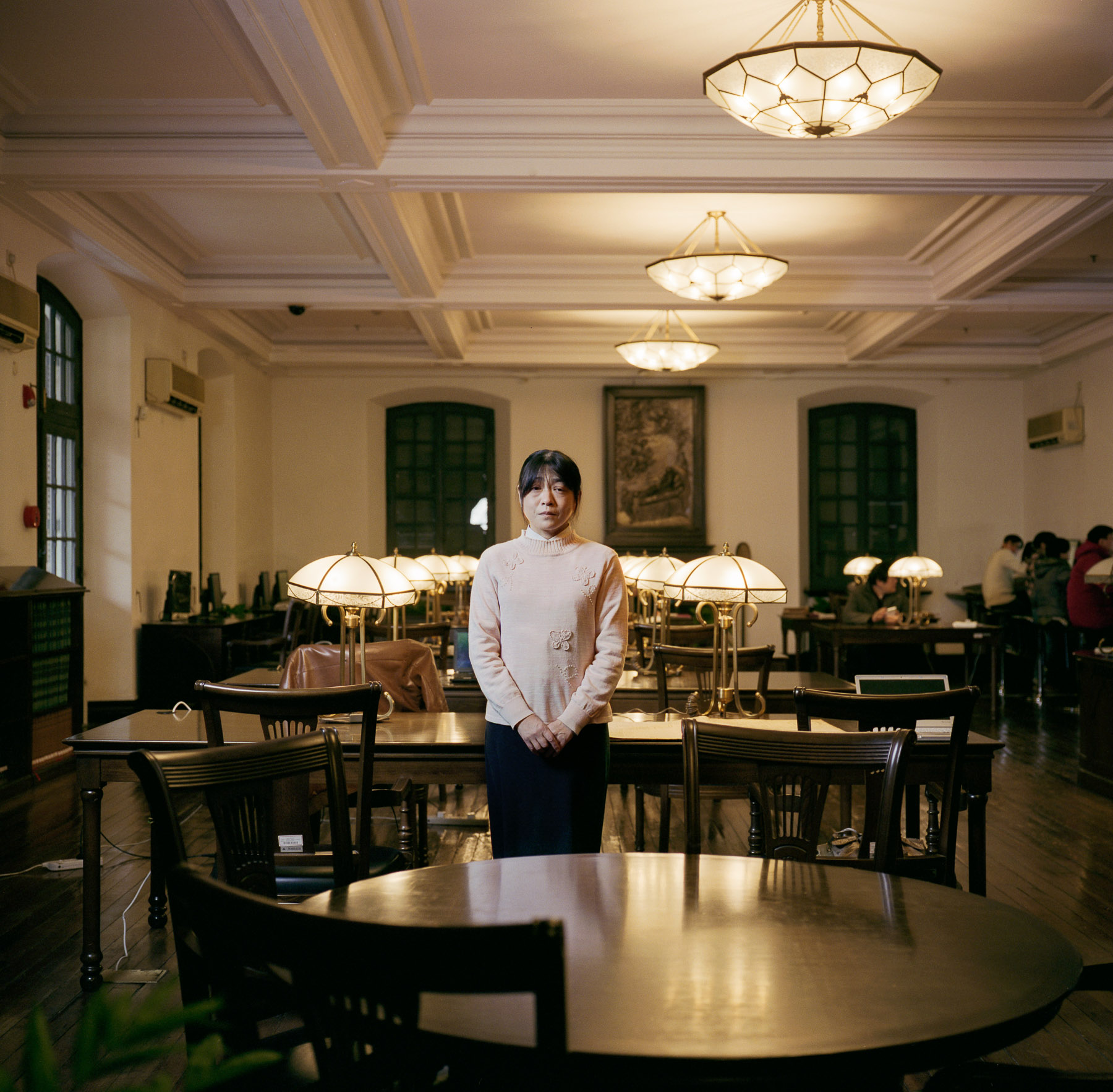
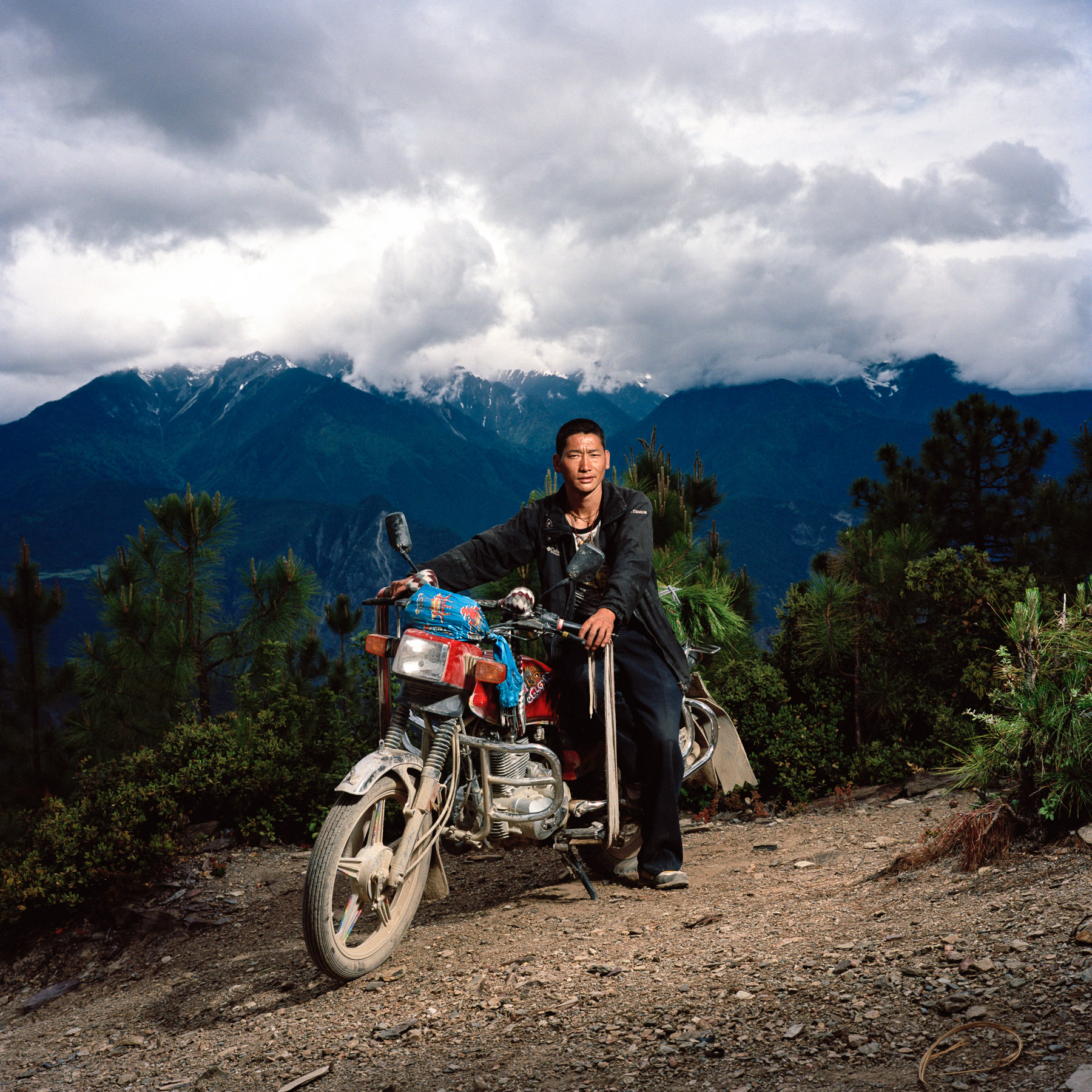
May 2012. Tibet province, China. Portrait of Banu, a 35-year old Tibetan farmer on his bike riding back to his village. A few hours trekking from the village of Aben, at the border with the province of Yunnan, at 3250m high. On the trail of the buddhist pilgrimage of the Kawa Karpo.
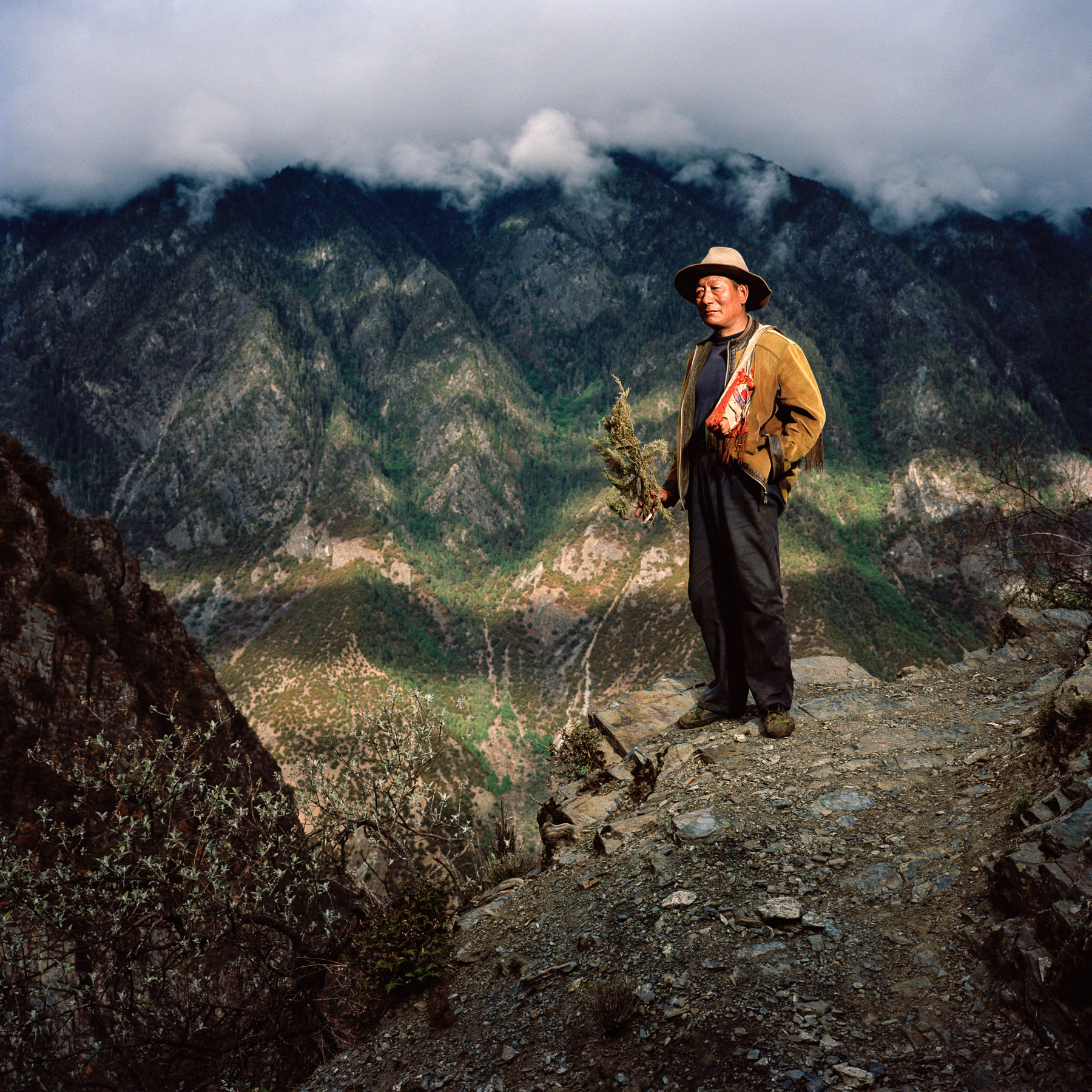
May 2012. Tibet province, China. Portrait of a Tibetan farmer from the village of Laide at 3100m high on the trail of the buddhist pilgrimage of the Kawa Karpo. After several days camping on the mountains on the trail of the pilgrimage, we made it to this farmer's house. The next morning as I had just worken up, I saw him coming down the mountain bathed in that amazing morning light. A few minutes later and after waking up my assistant to set up the lighting, I was making this photograph. He is standing on the very edge of the ridge.
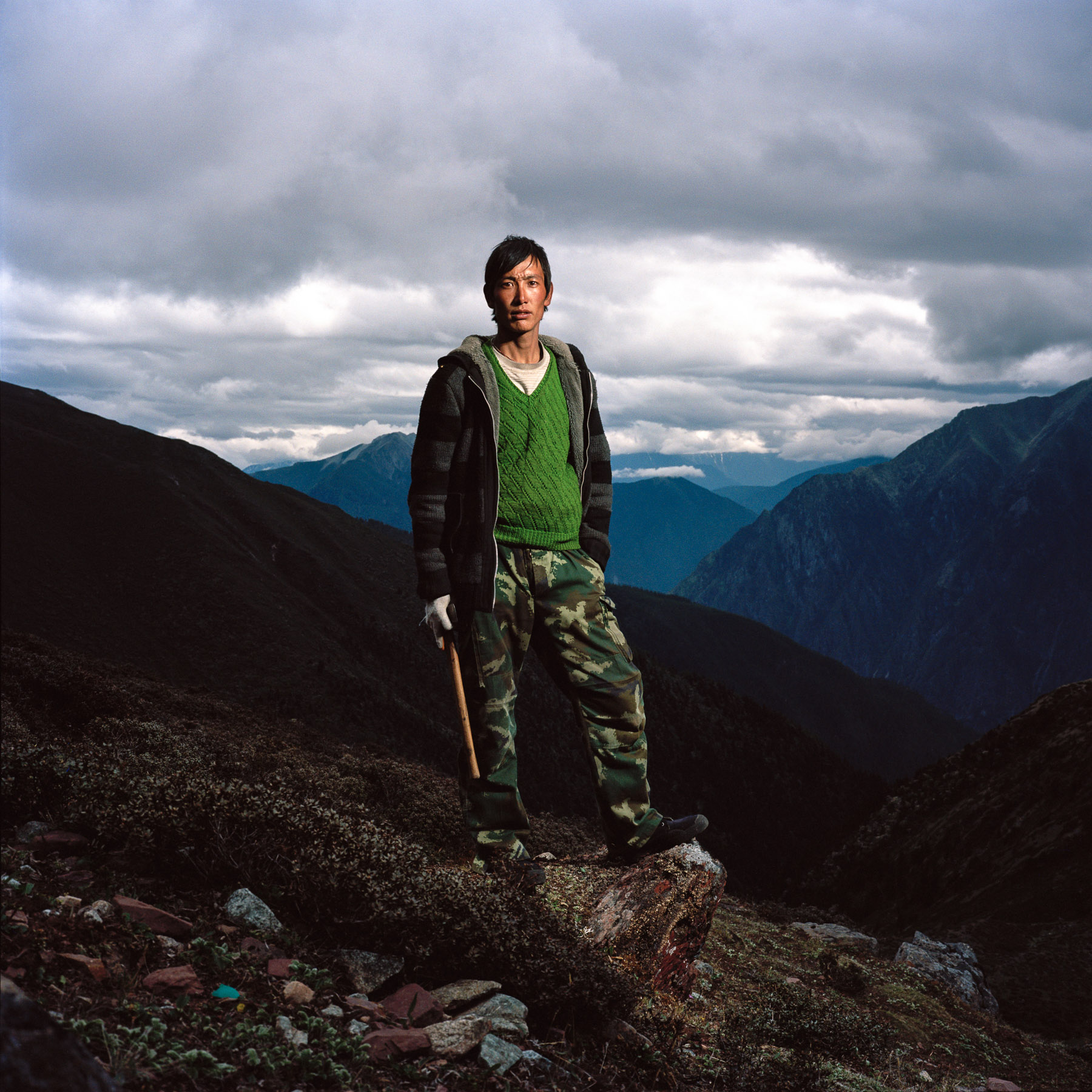
May 2012. Tibet province, China. Portrait of Zhaxi Dorje, 20 years old, Tibetan caterpillard fungus picker near the Shola Pass basecamp at 4470m high.
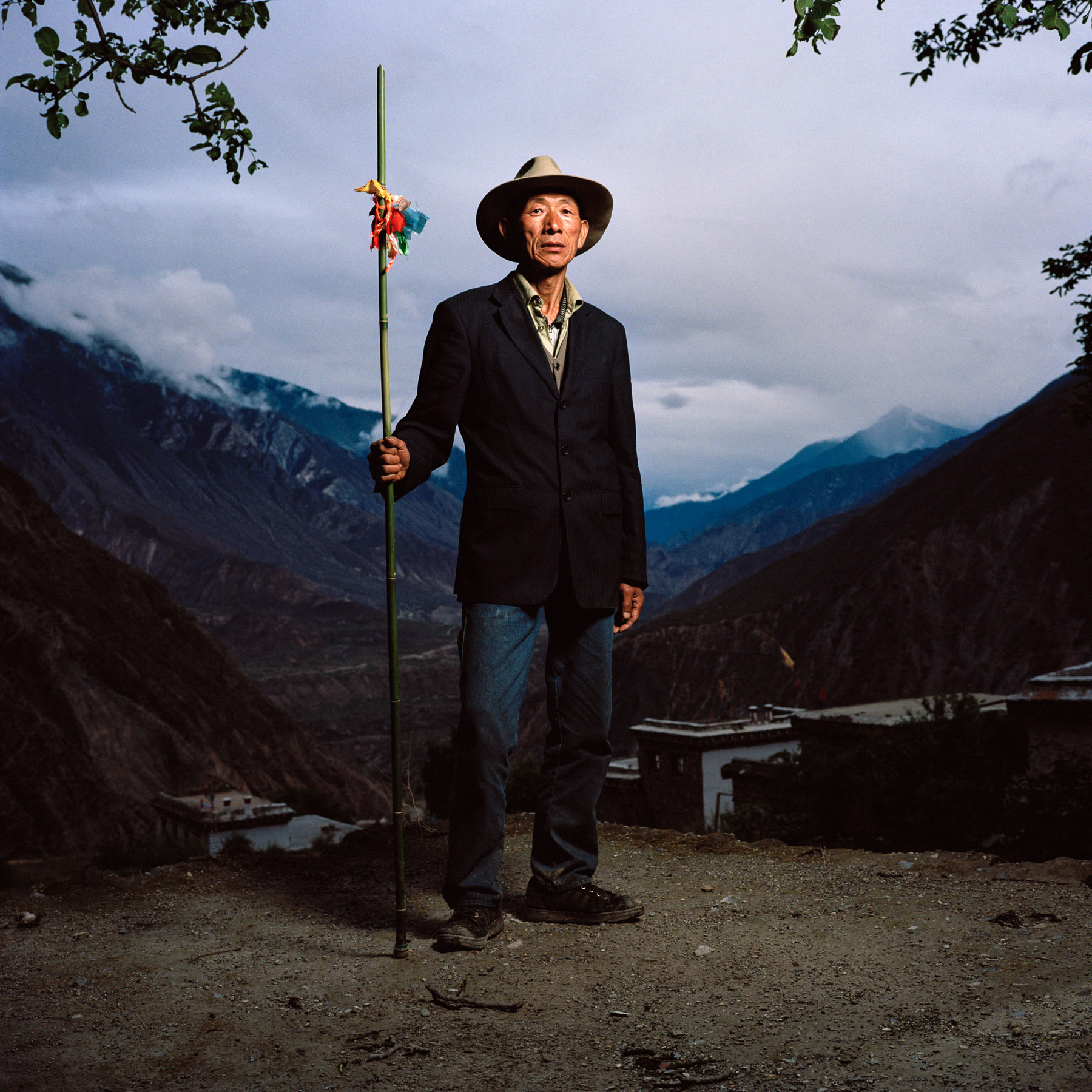
May 2012. Tibet province, China. Portrait of Jiangzu, 59 years old, Tibetan forest ranger near the village of Zina Yongpo at 2150m high, on the trail of the buddhist pilgrimage of the Kawa Karpo.
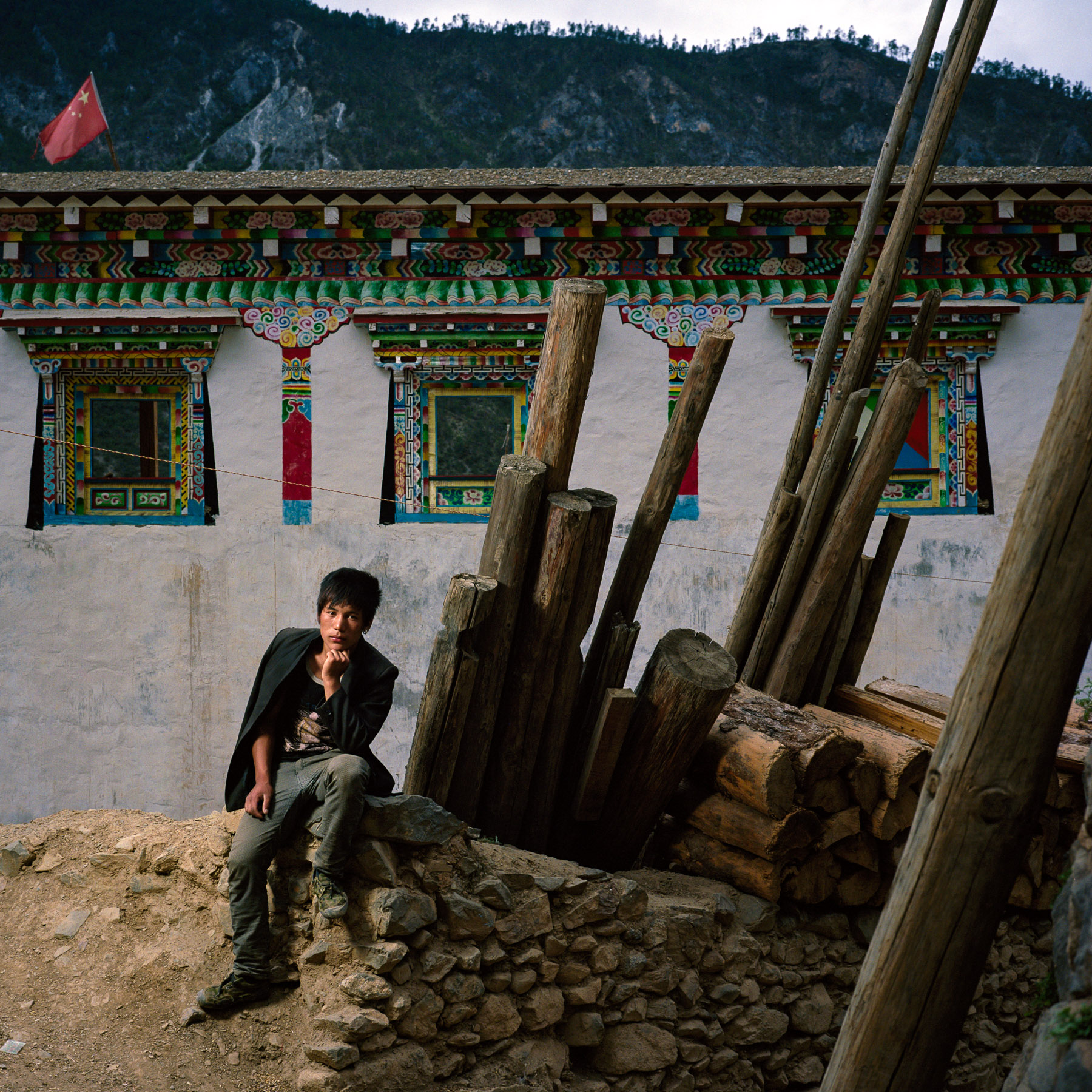
May 2012. Yunnan province, China. Portrait of Gesan Siri, Tibetan, 20 years old in the village of Aben on the trail of the buddhist pilgrimage of the Kawa Karpo.
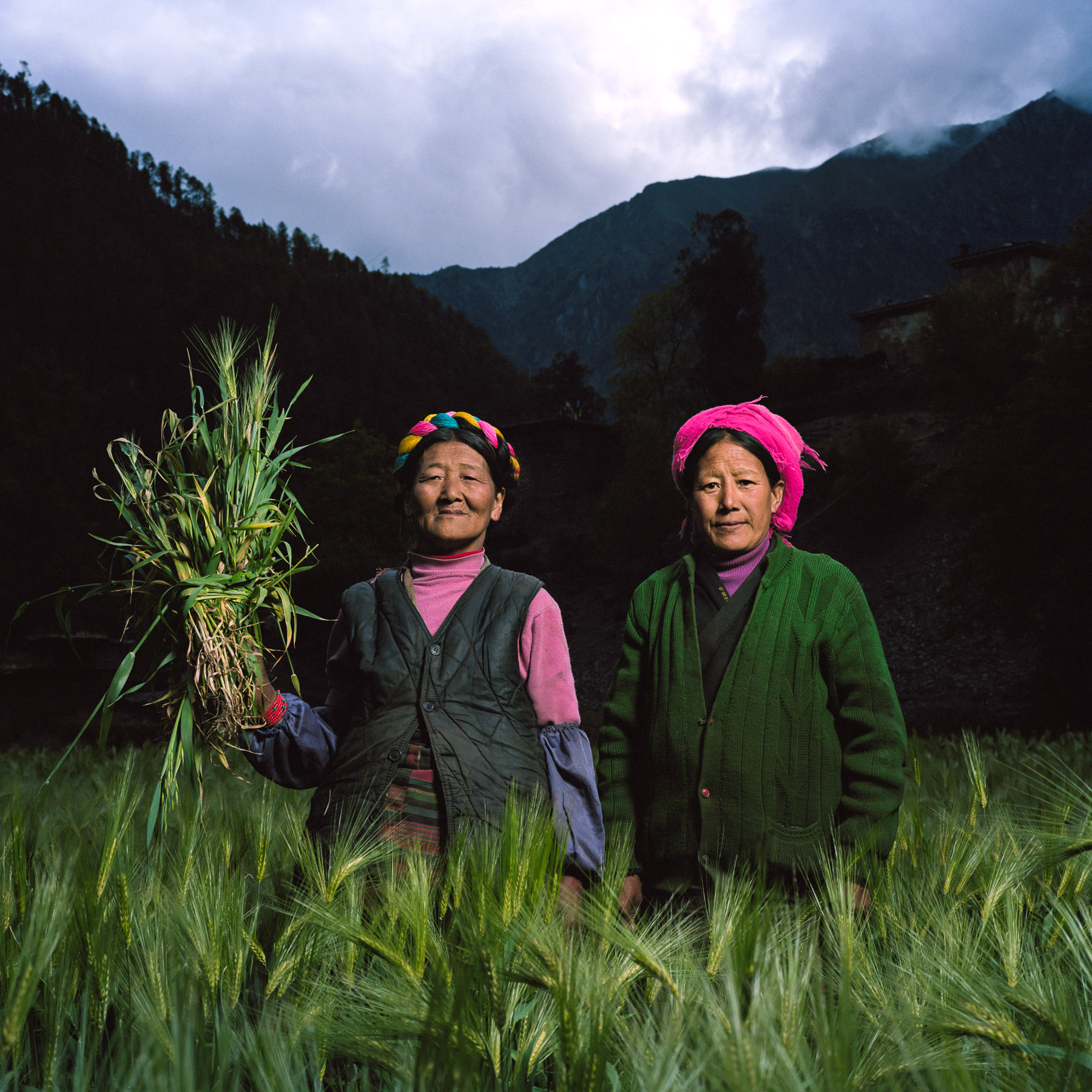
May 2012. Tibet province, China. Portrait of a Tibetan farmer woman and her sister near the village of Laide at 3100m high on the trail of the buddhist pilgrimage of the Kawa Karpo.
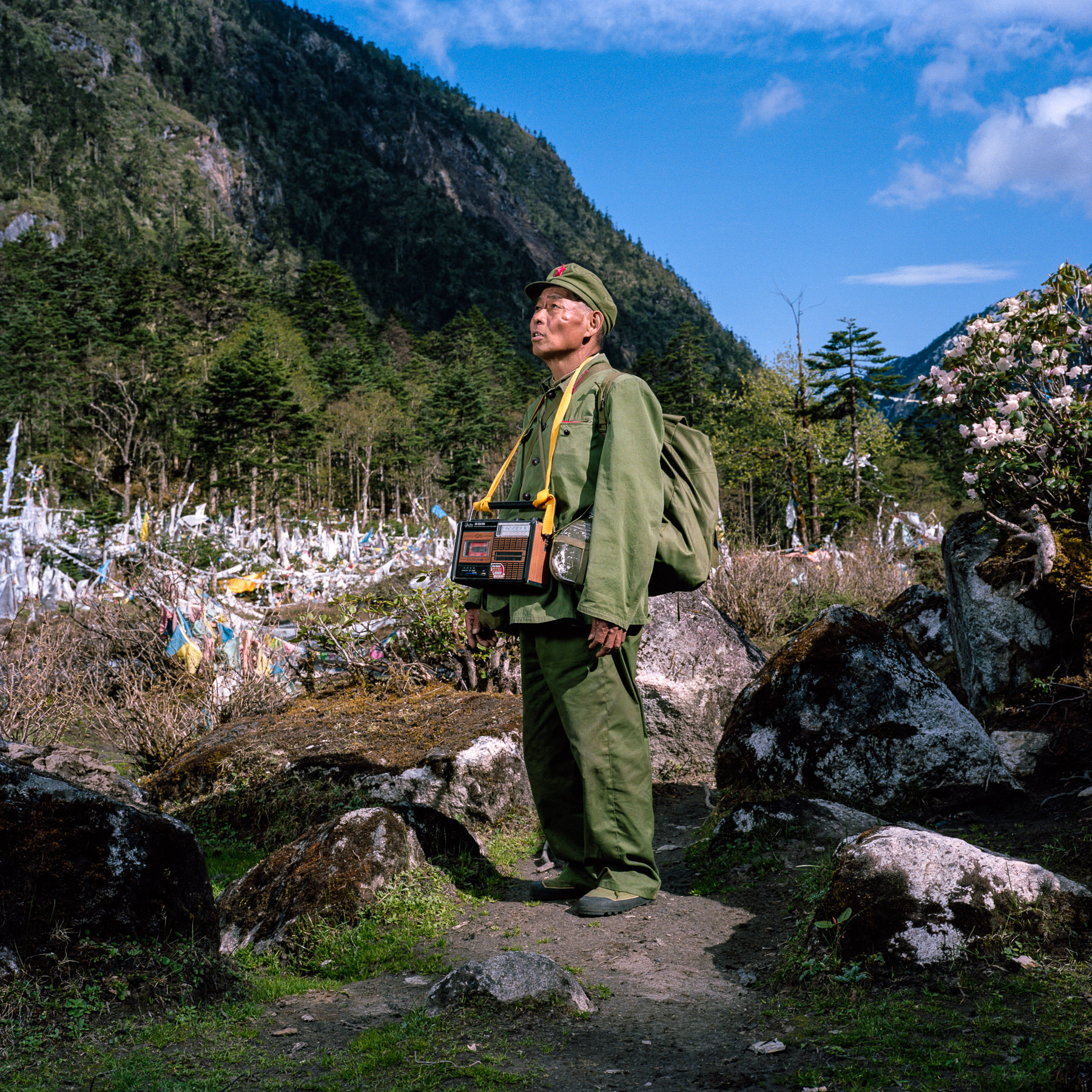
May 2012. Yunnan province, China. Professional Tibetan pilgrim (trekking around the sacred Kawa Karpo mountain on behalf of other Tibetans who cannot do it themselves).Location: At the foothill of the Duokela Pass (3600m). on the trail of the buddhist pilgrimage of the Kawa Karpo.
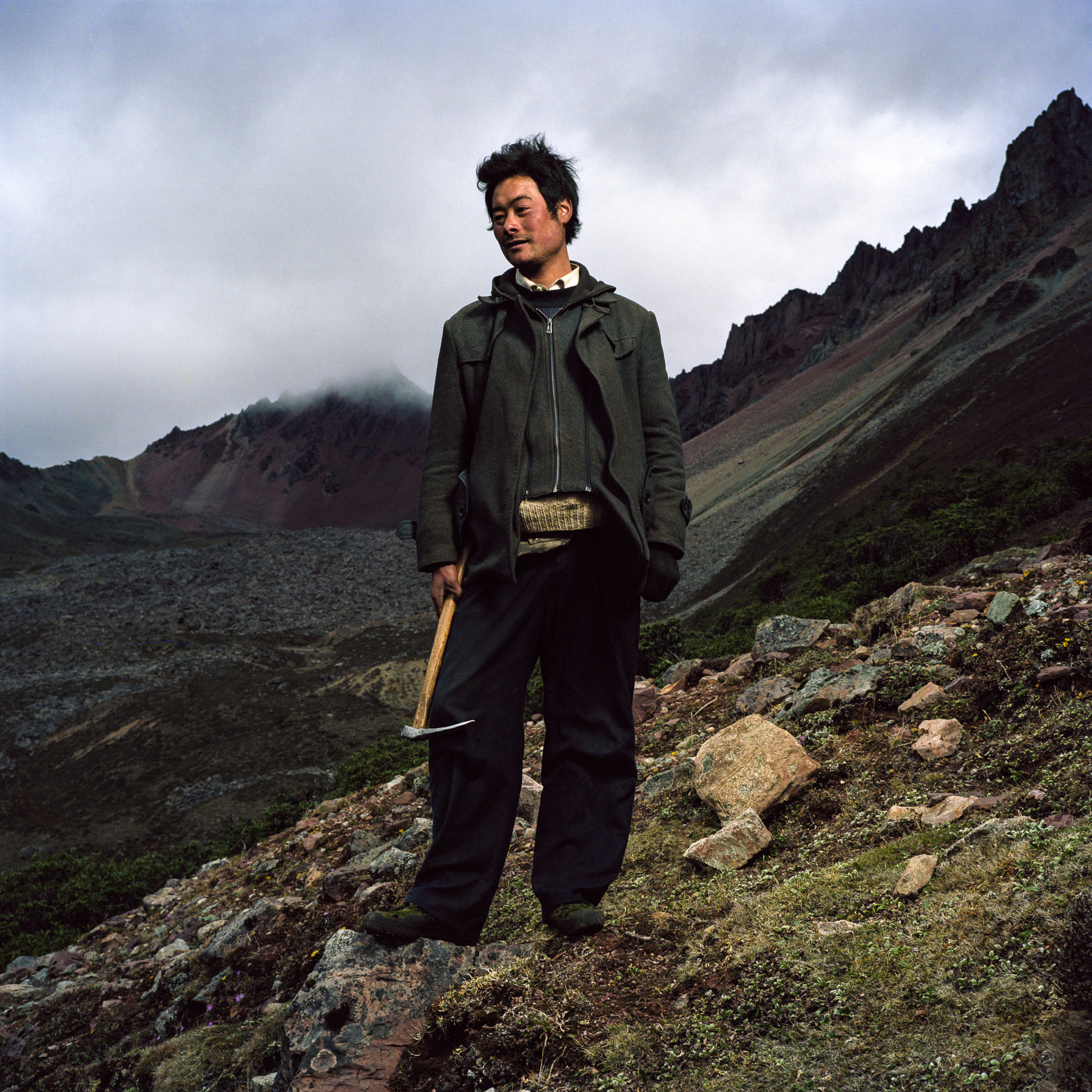
May 2012. Tibet province, China. Portrait of a Tibetan caterpillar fungus picker near the Shola Pass basecamp at 4470m high on the trail of the buddhist pilgrimage of the Kawa Karpo.
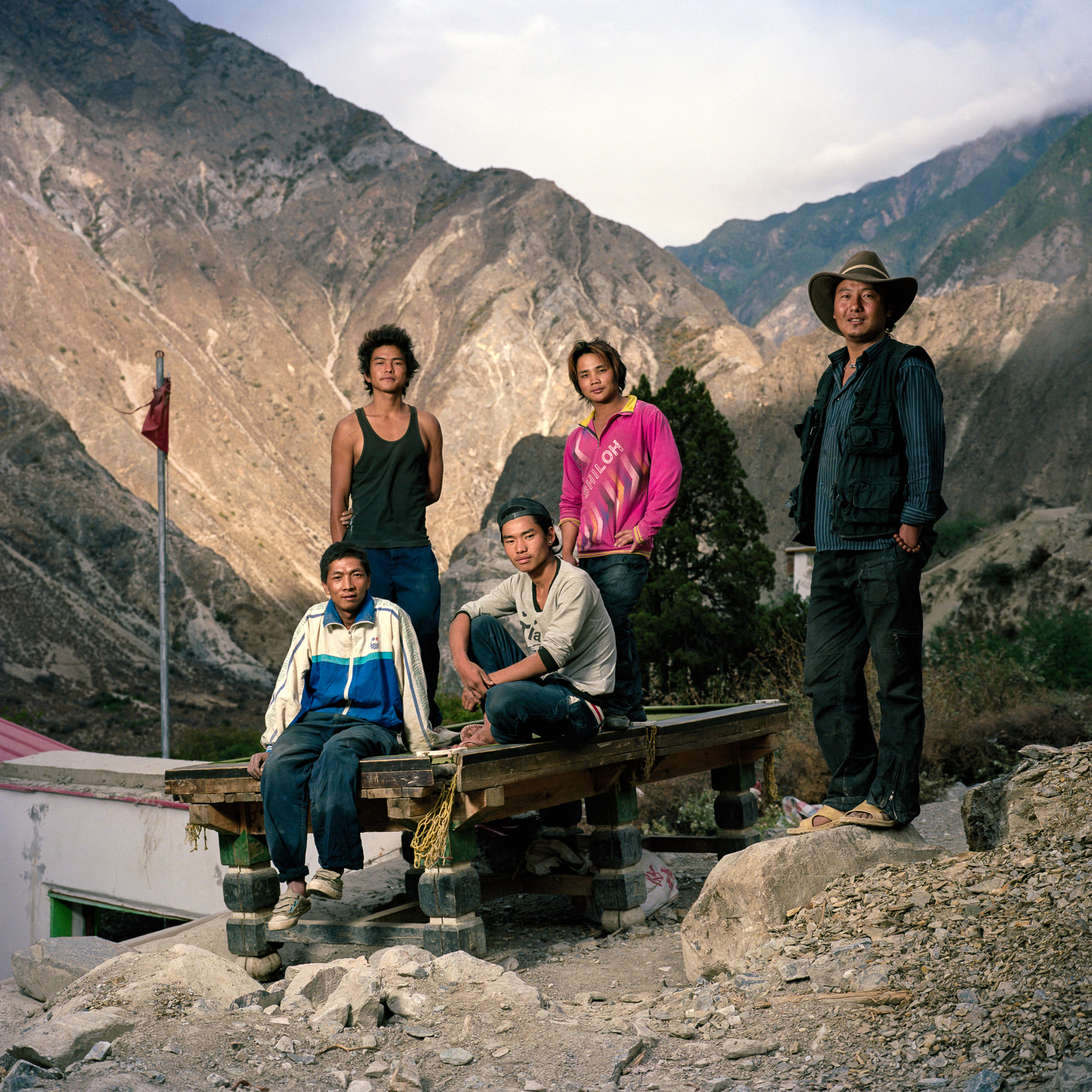
May 2012. Tibet province, China. Portrait of a group of young Lisu men in the village of Lada on the trail of the buddhist pilgrimage of the Kawa Karpo.
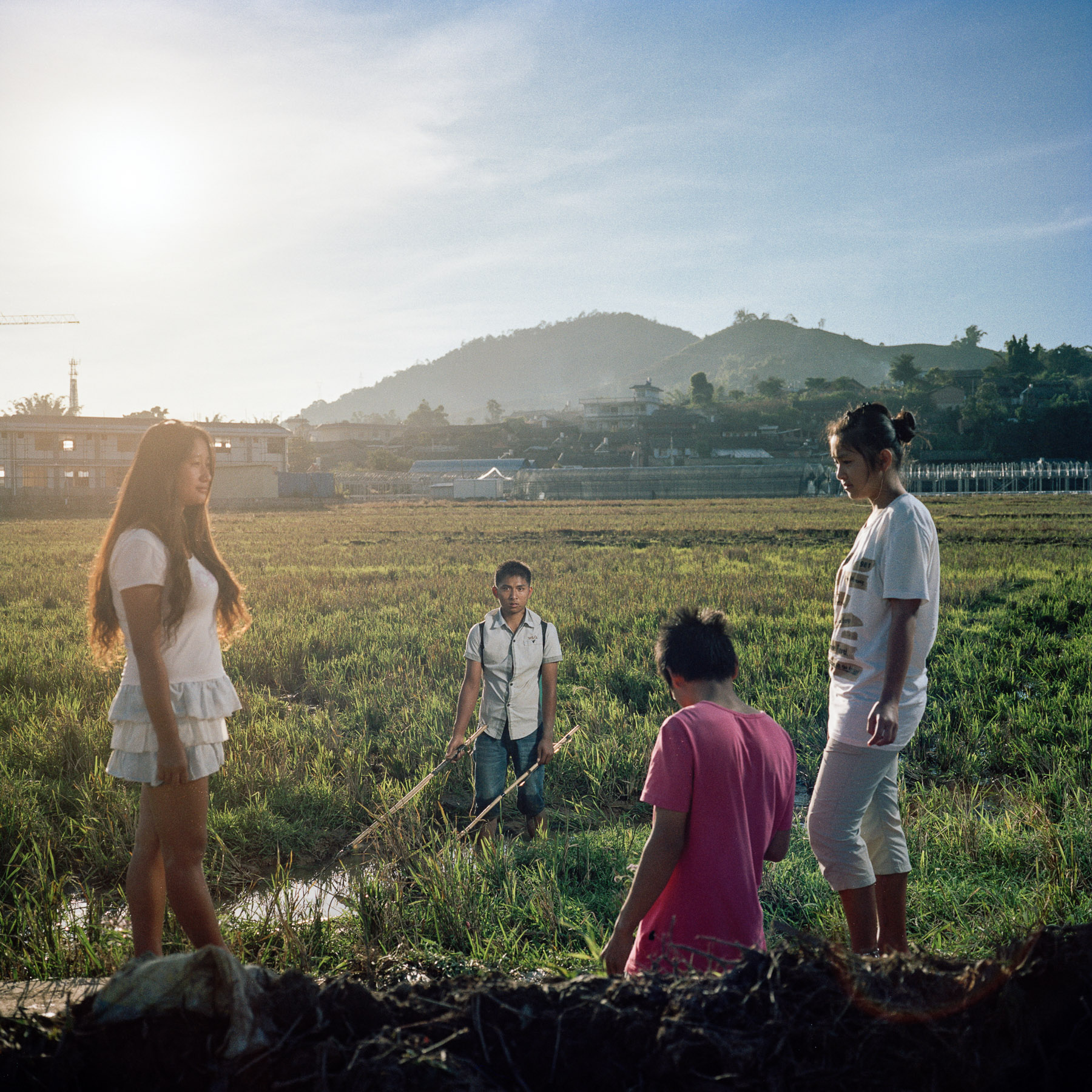
China, Yunnan province. Southern region of Xishuangbanna. November 8th 2013. Li Zhi Wu is a 20-year old Han Chinese who works as a security guard. He is picturing while doing electric fishing with his friends around his village.
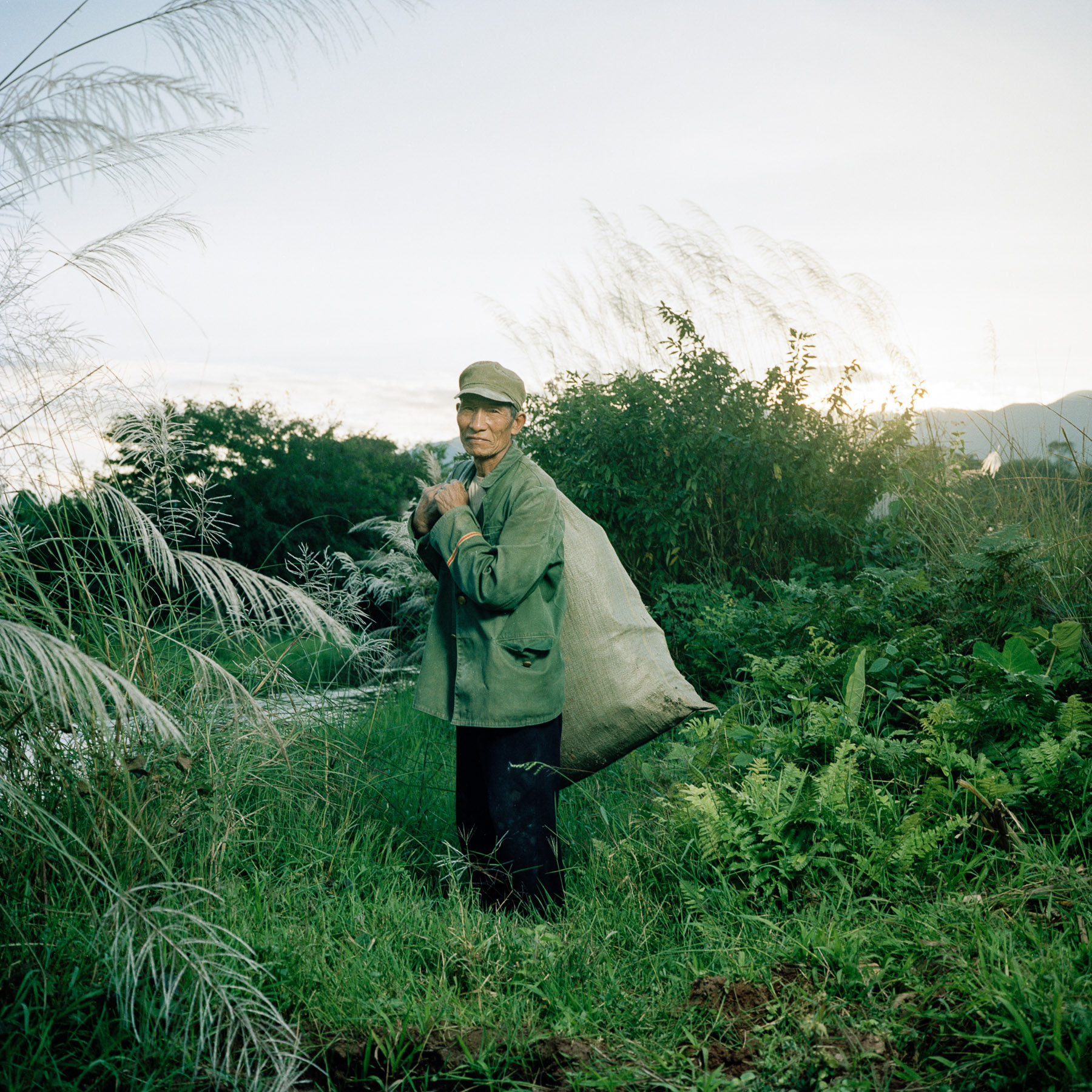
China, Yunnan province. Southern region of Xishuangbanna. Old Dai Minority man pictured coming back from a day's harvesting.
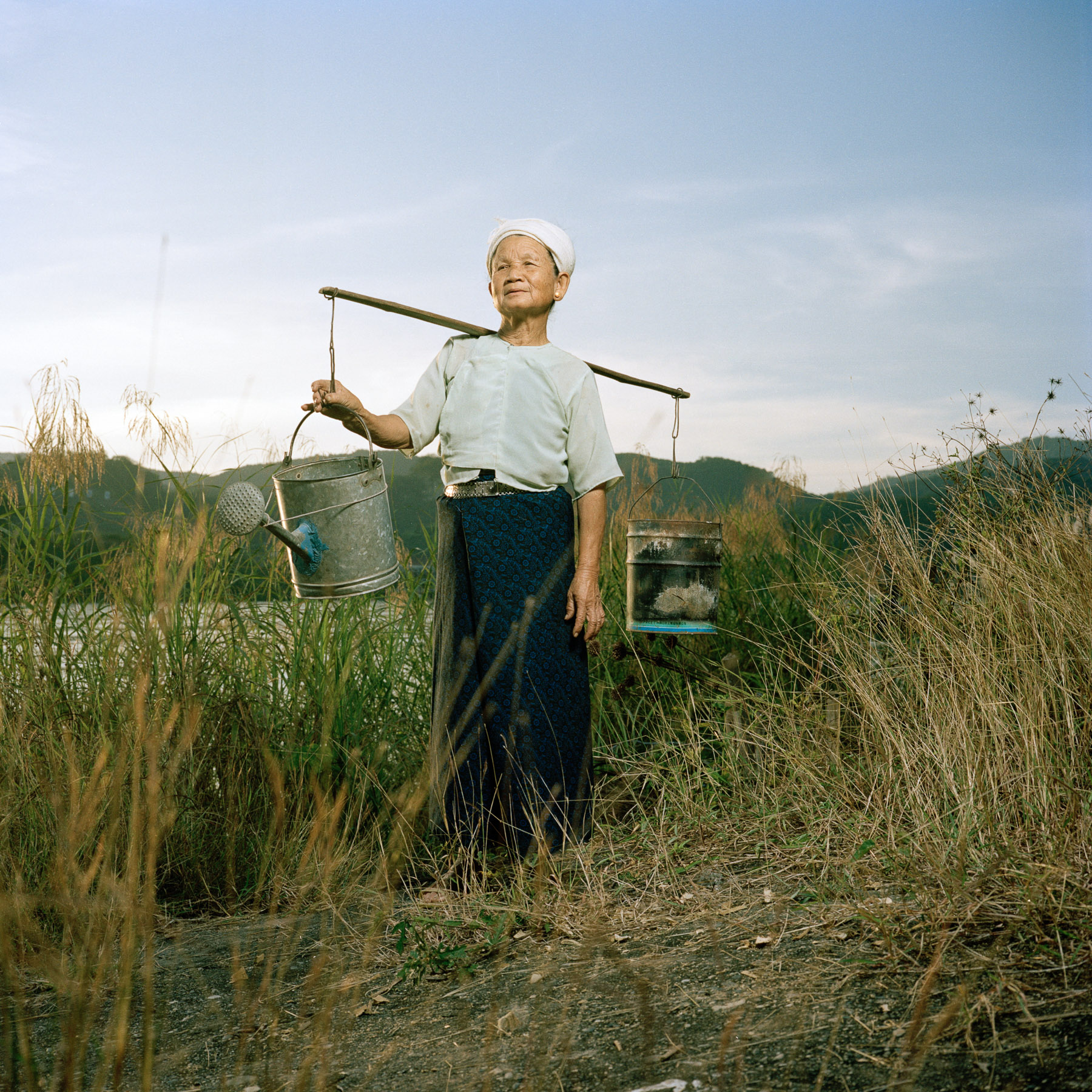
China, Yunnan province. Southern region of Xishuangbanna. old Dai minority woman pictured along the Mekong river.
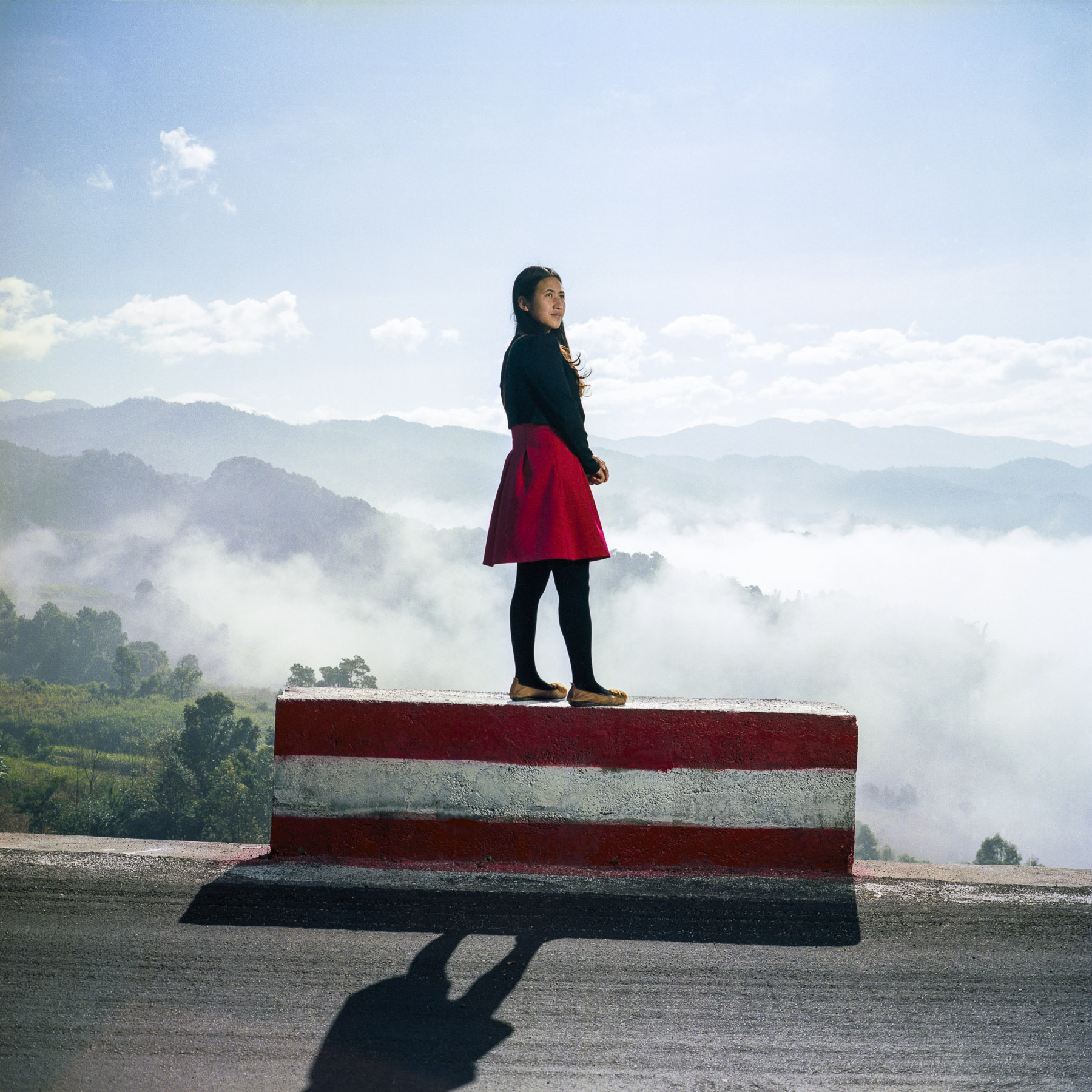
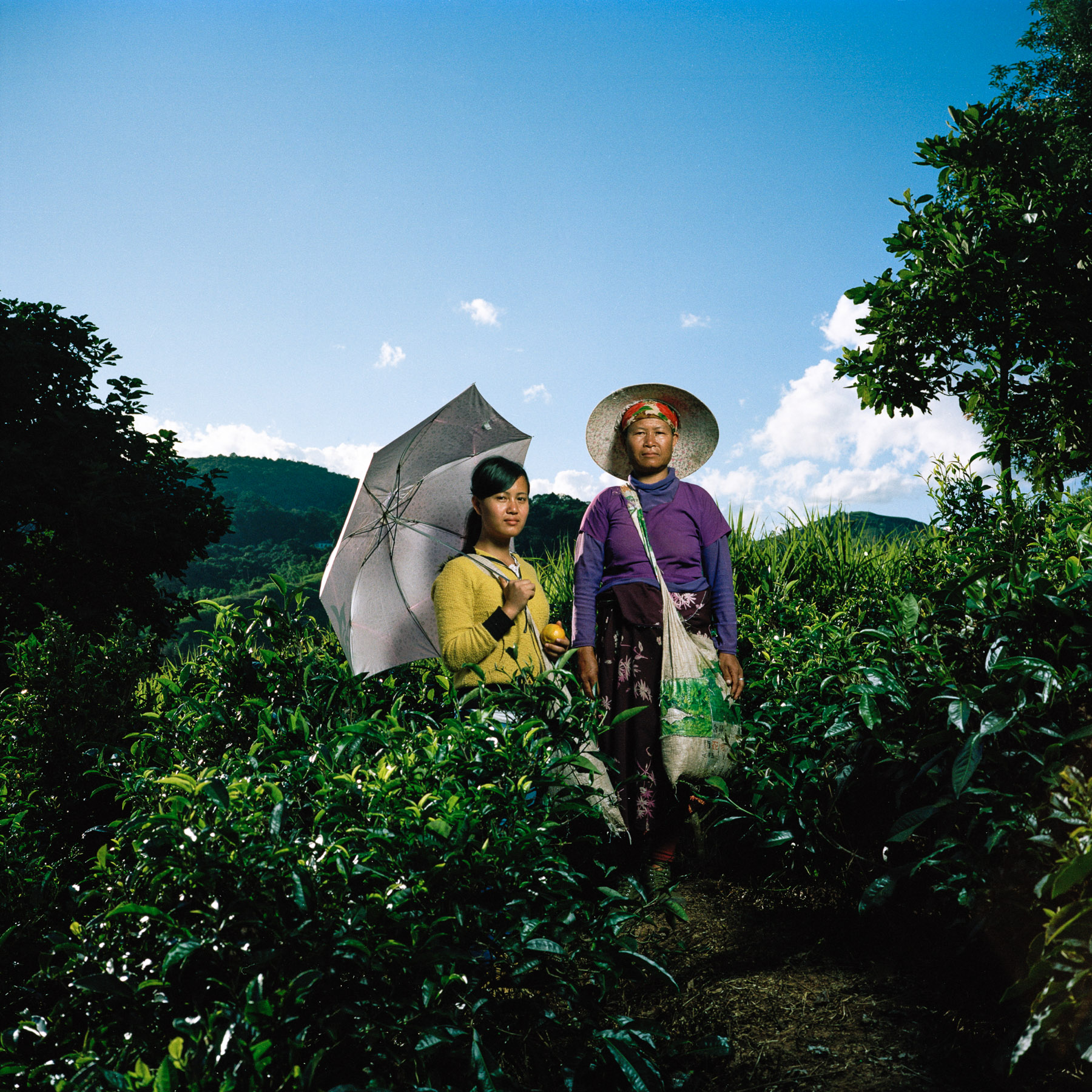
China, Yunnan province. Southern region of Xishuangbanna. November 2nd 2013. Yu Jiao Gang is an 18-year old high school student from the Bulang minority. She is pictured with her 48-year old mother who is a tea farmer.
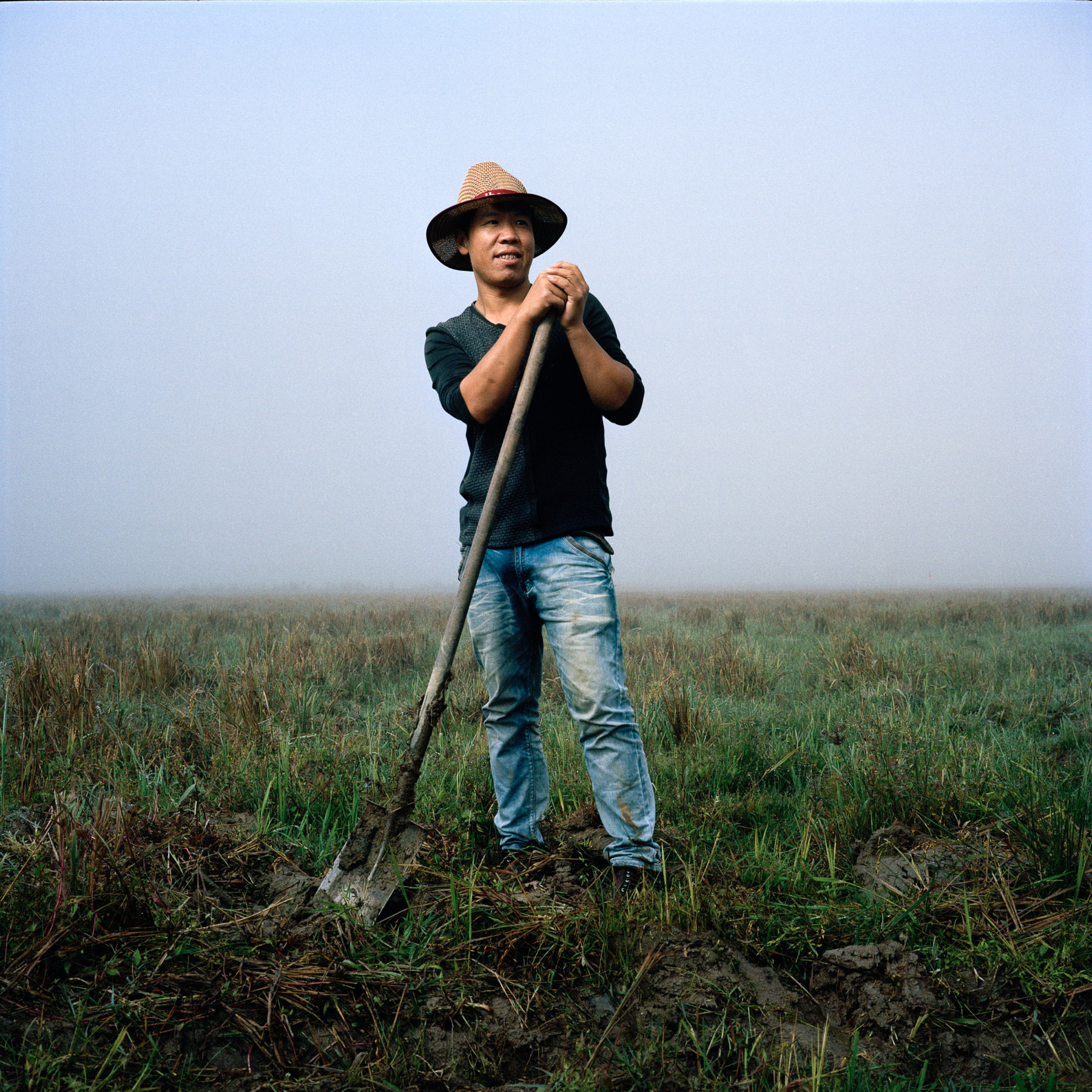
China, Yunnan province. Southern region of Xishuangbanna. November 2nd 2013. Pan Tian Song is a 40-year old Han Chinese farmer who moved with his family from the city of Wenzhou in Zhejiang province (East Coast of China near China) to Yunnan.
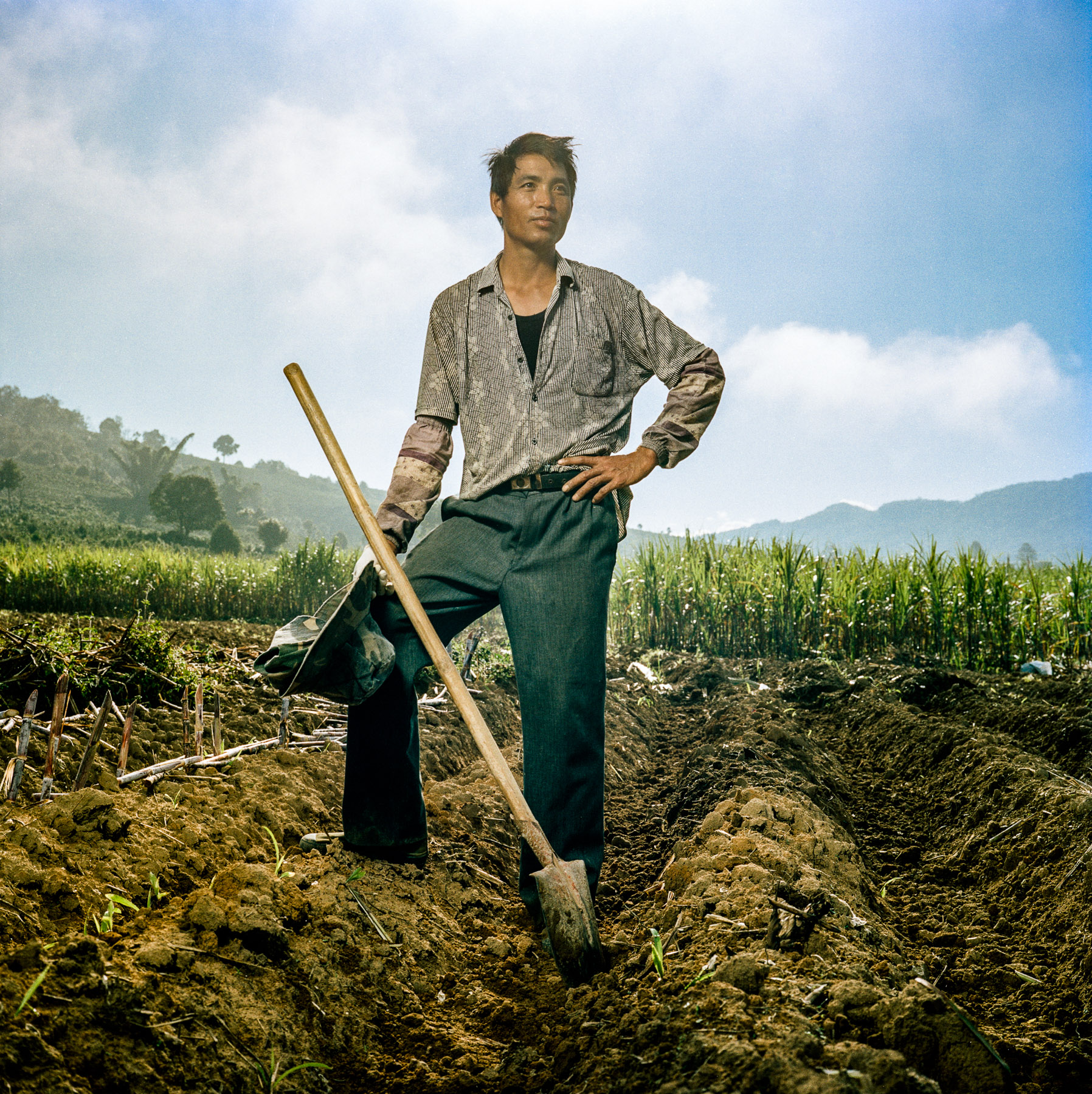
China, Yunnan province. Southern region of Xishuangbanna. Yan Pa (Chinese name) is a 43-year old farmer of the Dai minority. He was harvesting sugar canes near Mang Bang Lake when I photographed him. The Dai minority is the wealthiest minority in the South of Yunnan, having taken control of the most fertile areas over the centuries.
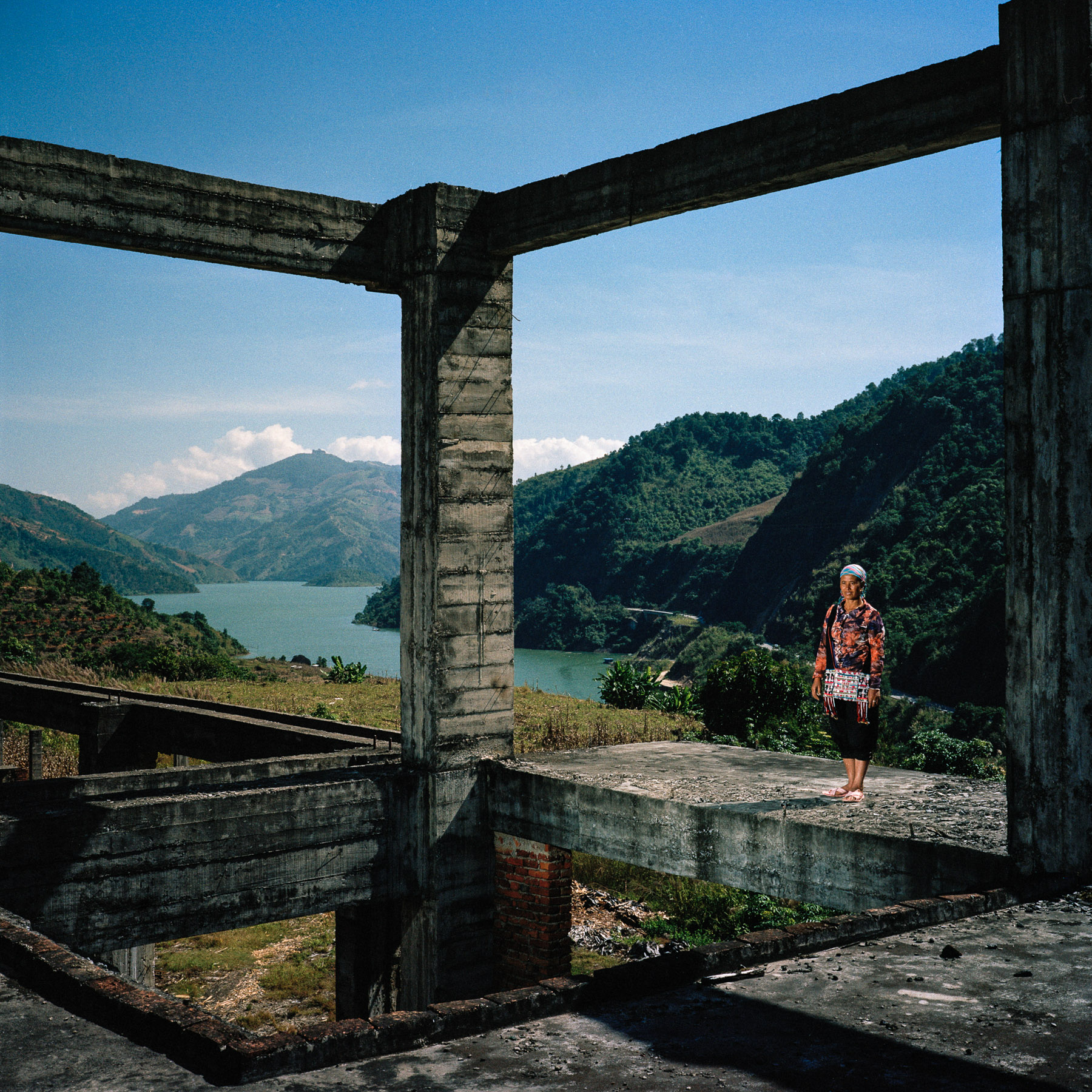
Chinna, Yunnan Province. Souther region of Xishuangbanna. November 7th 2013. Li Hui Zheng is a 42-year old farmer from a neighbourhing village. She was farming at the bottom of this abandonned structure when we found her and acepted to pose on top of it.
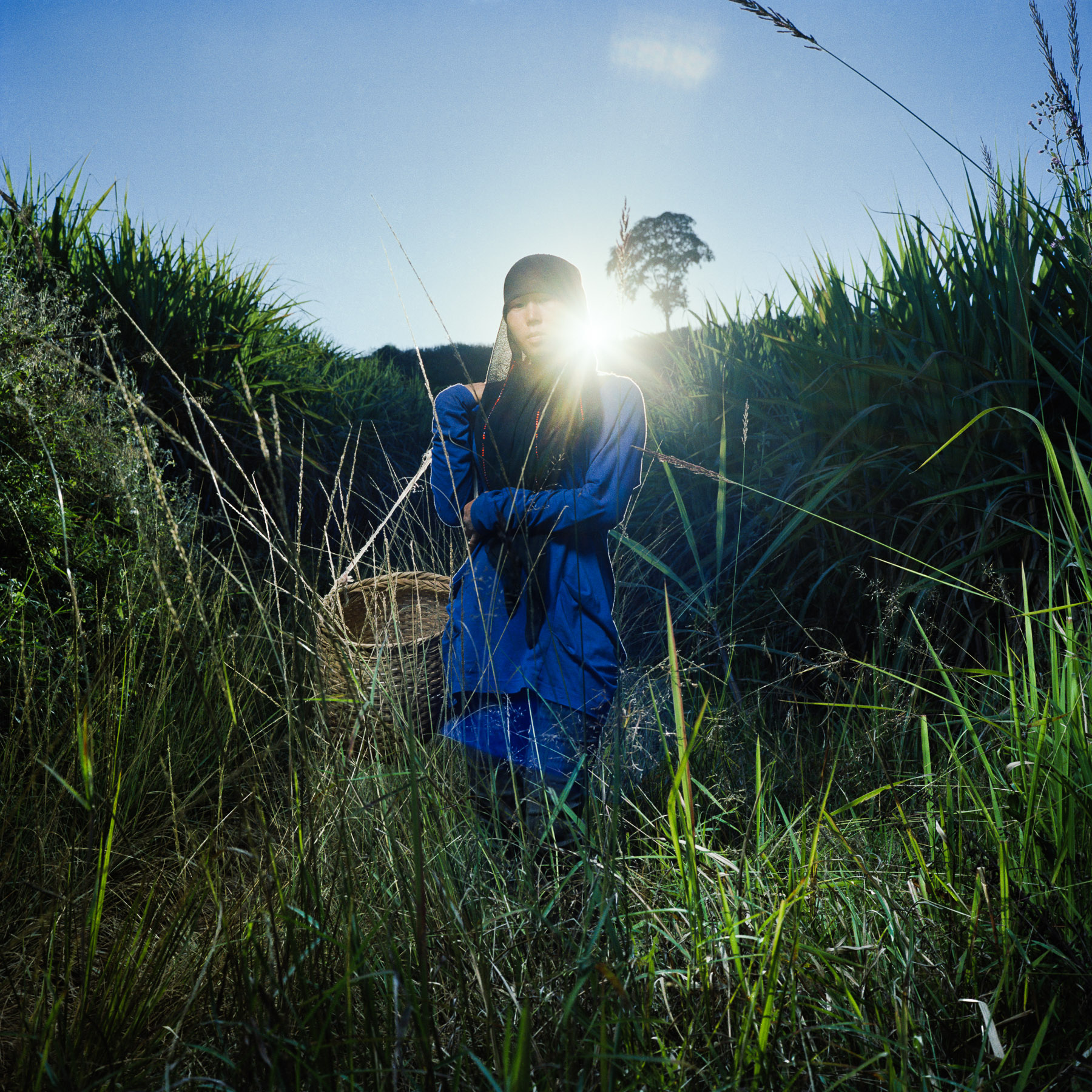
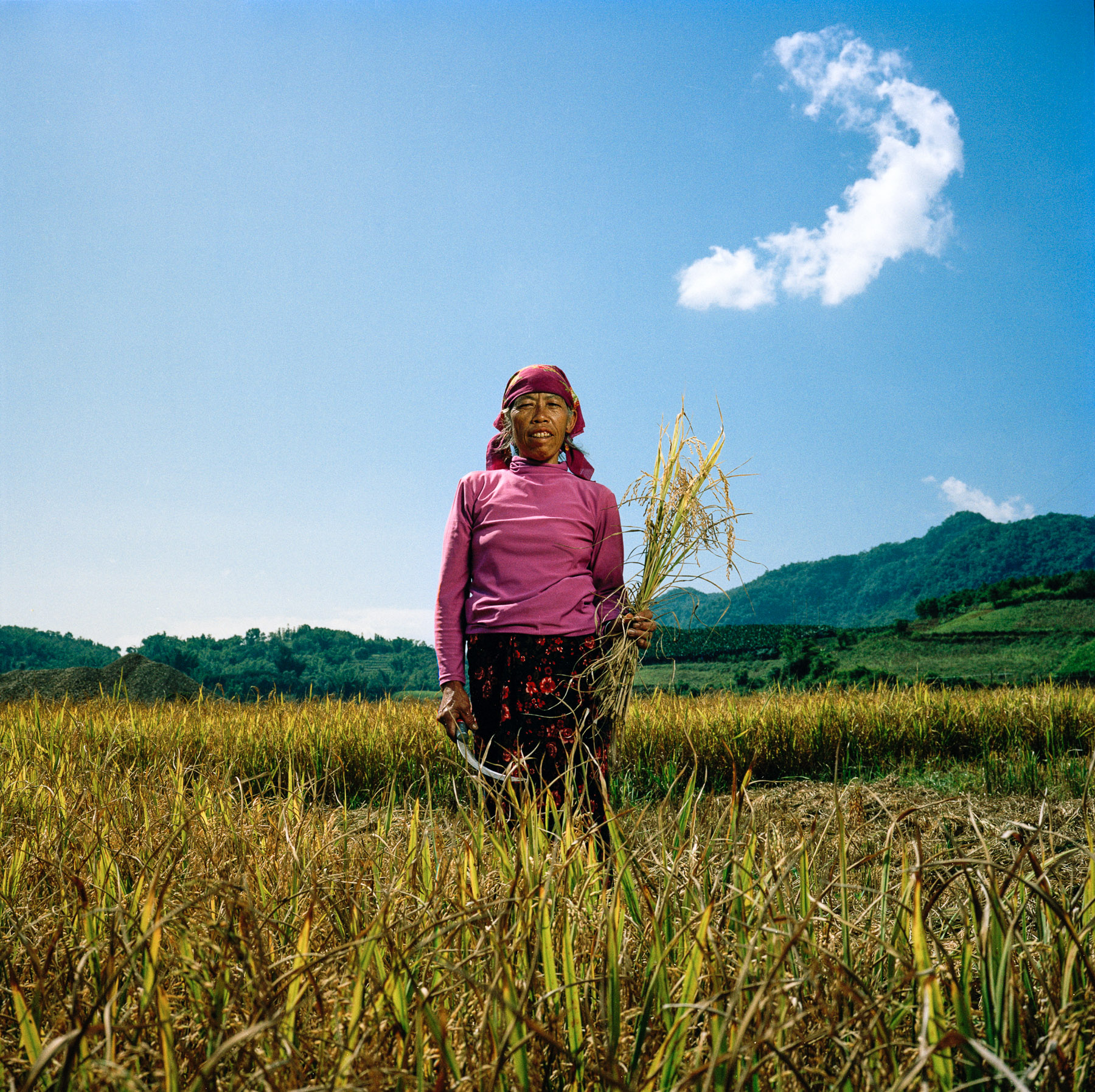
China, Yunnan province. Southern region of Xishuangbanna. Li Na Gen (Chinese name) is a 58-year old farmer of the Lahu minority. She was harvesting barley with her family when we found her.
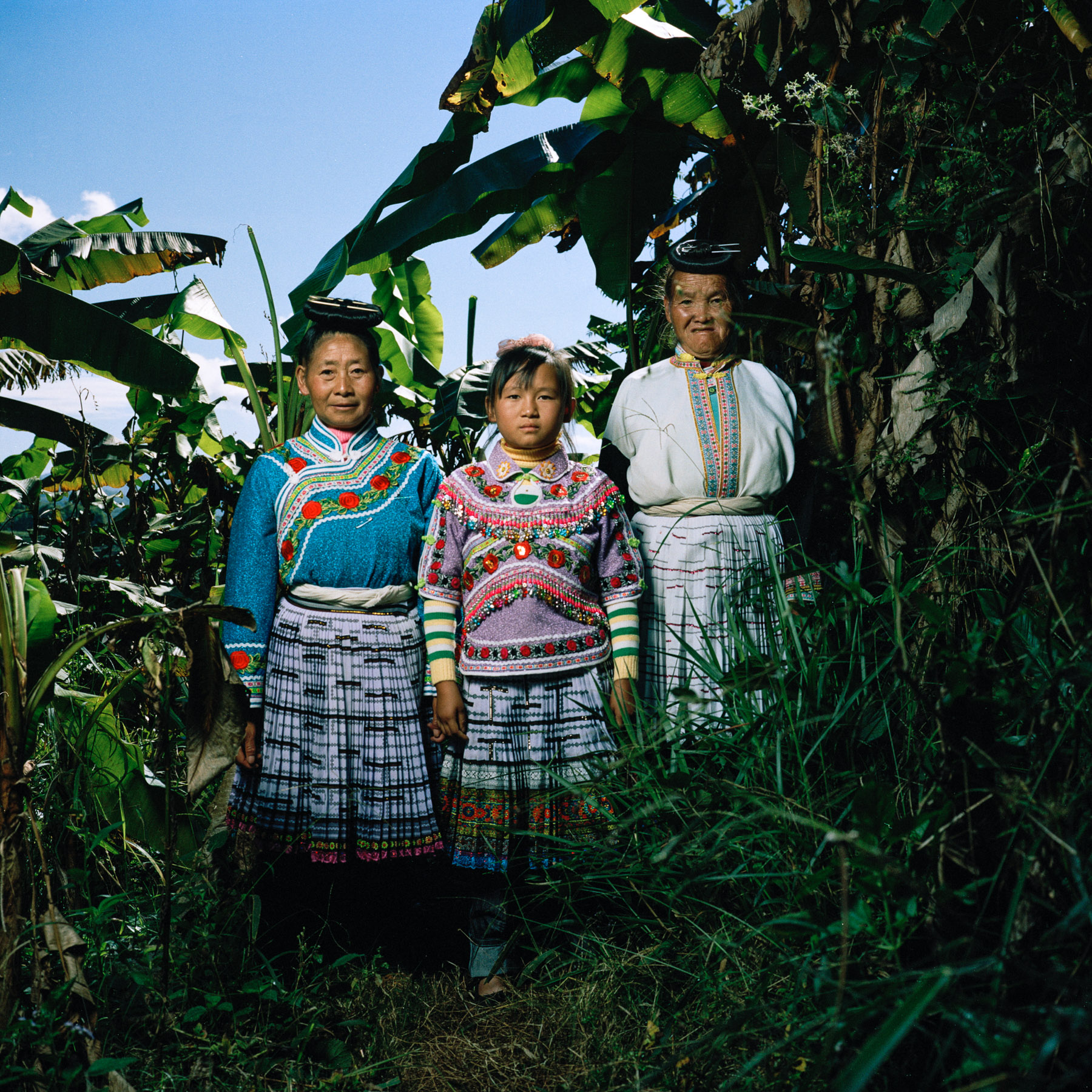
China, Yunnan province. November 9th 2013. Zhu Qing (10 years old), Wan Fu Mei (48 years old - her grandmother) and Zhu Fu Guan (63 years old - her great grandmother) are from the Miao minority.
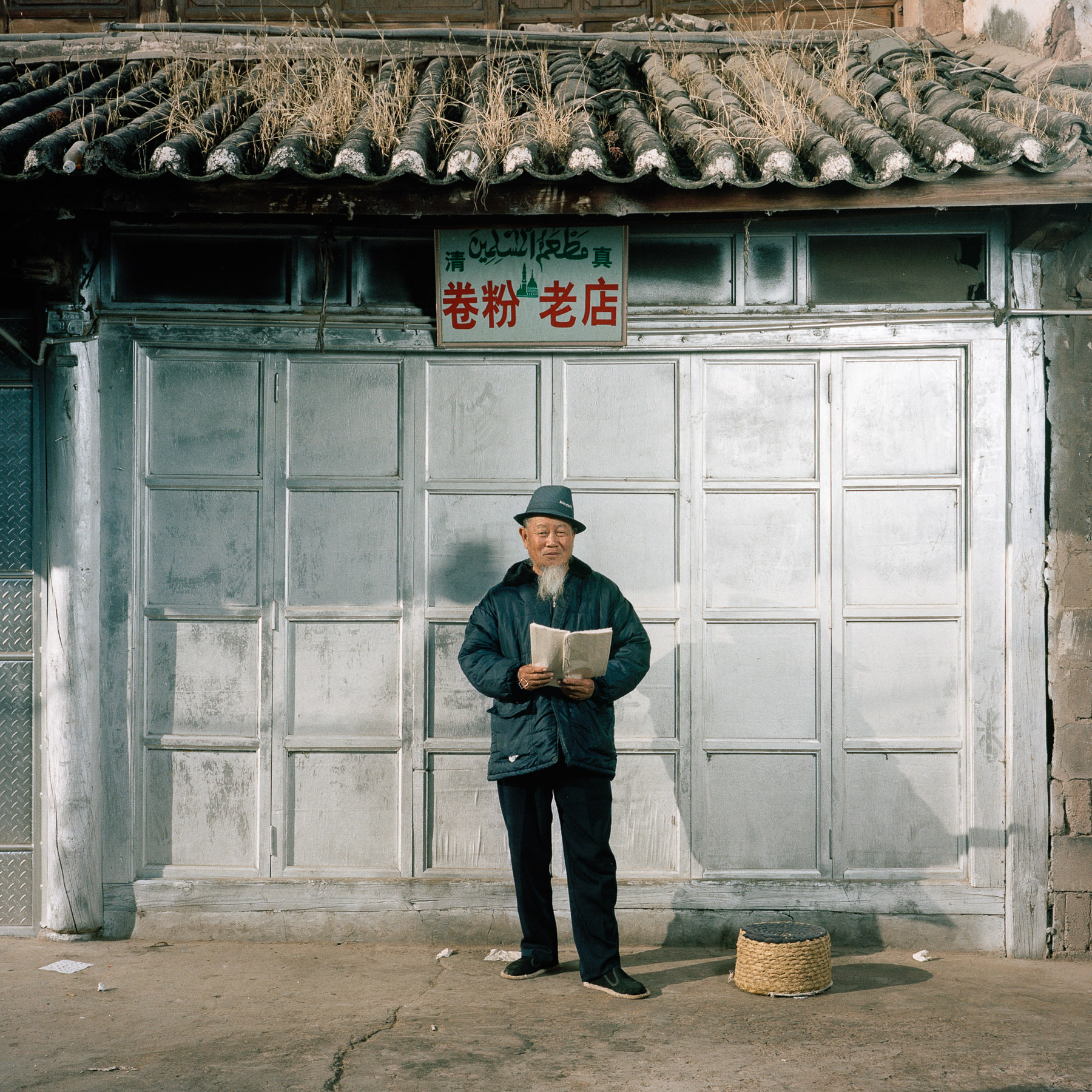
China, Yunnan province. November 29th 2013. Fan Wei Guo is a 73-year old farmer of the Hui minority. He was doing calligraphy when I found him in the street of his village.

















































Here There Are Men
Among the extremes of China there are wide fields of farmland, treacherous mountains, stark plains, thrown-together cities and cutting-edge cosmopolises. And there are men.
Patrick Wack’s series Here There Are Men features portraits from various locations in China (Chongqing, Inner Mongolia, Tibet, Yunnan and Shanghai). His portraits of everyday men and women in the midst of their daily lives and typical surroundings go beyond the strictly documentary to elevate the subjects into representatives of mankind. Roadside in a steaming concrete menagerie or in a stream nestled between mountains of lush greenery, Wack juxtaposes personae against the changing cultural and environmental landscapes of China, finding beauty in faces, sceneries and light.
With a calm optimism, these portraits of Chinese people capture the commonalities of the human spirit through differences in age, gender, class and location. Resonating with the collective unconscious, Wack’s photographs present subjects as fellow humans rather than individuals from distant lands, as neighbors rather than strangers. A combination of natural and artificial lighting adds a unique sheen to the reportage, and though his work is anchored in reality – real people, real situations – his style incorporates narrative elements, composing the human figure against its environment to recount everyday livelihoods while leaving individual identities a mystery. Capturing and elevating the overlooked, Wack’s style of photography reinvents a sense of truth about the human portrait and the humanity it represents.
Here There Are Men: Patrick Wack’s Portraits of China bridges the distances between the people of China, tapping into the idea of the collective unconscious through Wack’s photographic representations of the heroism of the everyday figure. His images are poised and serene, exuding a sense of Chinese-idealized harmony and equality among mankind. Here there is a fiction borne from reality. Here there are men.
By Bonny Yau

